[DAY 17] Apostolos Georgiou, “Five past three”, 2006
It may be April 1st. It’s definitely five past three. The title of the work of Apostolos Georgiou signals, with almost detective precision, the time. A time, which painting freezes. A time, which may imply either the absence of any event or the presence of an event that we are unaware of, even of it’s a crime. The markers of this watch are created by human bodies, which intertwine, carrying one another. In this state of stability and insecurity at the same time, reality is defined not only by individuals and events but also by their psychological weight.
[Image: Apostolos Georgiou, “Five past three”, 2006, acrylics on canvas, 260x230 cm, Donation of the artist to the Macedonian Museum of Contemporary Art, MOMus-Museum of Contemporary Art-Macedonian Museum of Contemporary Art & State Museum of Contemporary Art Collections]
[DAY 9] Kazimir Malevich, Black Quadrilateral, 1915
The Costakis Collection of МОМus-Museum of Modern Art includes a small Black Quadrilateral. When the painting was analyzed by art conservation specialist Maria Kokkori, the x-ray revealed traces of an earlier painting below it. It was part of a lost painting, one of the sketches for which is known with the title War (1914) and depicts a horse with the words “Berlin”, “War”, “Teeth”, “Fallacy”, “Painting” and “Simulation" (Khardzhiev collection, Stedelijk Museum, Amsterdam). According to Kokkori, there was almost no dust to be found between the two colored layers, which means that Malevich painted this certain suprematist work right after he had completed the earlier painting, making the Black Quadrilateral one of the earliest works of suprematist painting and leading us safely to date it from 1915.
[Kazimir Malevich, Black Quadrilateral, 1915 [and its reference to War] Oil on canvas. 17 х 24, MOMus - Museum of Modern Art-Costakis Collection]
[DAY 23] Marilia Fotopoulou, From the series Interior Decoration, 2015
Homes, besides being the nucleus of personal life, are also places where people store what they want to preserve in time, whatever they can’t live without. Thus they become, especially some corners in them, small private museums that disclose our preferences and contradictions, our particular or commonplace aesthetics, how much we depend on the important and the trivial, how unprepared we are to face some kind of an end.
[Marilia Fotopoulou, From the series Interior Decoration, 2015, MOMus-Thessaloniki Museum of Photography]
[DAY 12] Stephen Antonakos, Entrance, 1996
The flowing energy and the clear, revealing, mysterious, and transcendent ample light, offer aesthetic fascination and invoke at the same time the ineffable and mystical, claiming more than the obvious, through works which address the viewer and communicate with him, seeking his synergy and involvement.
[Stephen Antonakos, Entrance, 1996, Construction with neon, wood and aluminum, Alpha Bank Collection]
Photo: Thanos Makris
[From the current exhibition "Stephen Antonakos: Light. Stephen Antonakos and Russian Avant-Garde at MOMus - Museum Alex Mylona]
[DAY 31] Photo: Petros Giannakouris, Idomeni, February 28, 2016
At a time when home proves to be, except from a resting place and a family hearth, the utmost shelter for protection against invisible enemies, it is not too late to consider all those which in these conditions remain homeless, with a tent as their only roof, obliged to abandon their roots, and to live in a dark uncertainty about everything.
[Photo: Petros Giannakouris, Idomeni, February 28, 2016]
[From the past exhibition "Another life: Human flows, unknown Odysseys" (2016) at MOMus - Thessaloniki Museum of Photography]
[DAY 7] Alex Mylona, The Kiss (Homage to Brancusi), 1967
The art of Alex Mylona succeeds in transmuting emotion and moulding its vital relationship with the world; in touching the secret of existence and birth, motherhood and love; in combining the myths of the ancient Greek world —the birth of Aphrodite, the Minotaur and Medea— with the spirituality of Byzantium, to seek out the balances, to reflect on the nature and potential of plastic art, to suggest a new arrangement of space and surface, of rhythm and volumes, of positivity and negativity, of emptiness and wholeness, of materiality and form.
[Alex Mylona, The Kiss (Homage to Brancusi), 1967, Pentelic marble, 71x74x19 cm MOMus - Museum Alex Mylona]
[DAY 22] Alex Mylona, Kouros, Kore, 1997
Two sculptures are standing side by side on the terrace of the MOMus-Museum Alex Mylona, a neoclassical residence of the early 20th century. Two works by Alex Mylona, Kouros and Kore, in a rhythmic interaction of lines, structures and shapes. The sculptor encapsulates the forms of archaic sculptures and transforms them creatively, with a unique sense of geometry and volume. Two solitary bodies dominate the city's horizon and converse under their secret codes. Two bodies-houses, locked in their own, lyrical, isolation.
[Alex Mylona, Kouros, 1997, marble, 132 x 39 x 31 cm
Kore, 1997, marble, 128 x 35 x 25 cm, MOMus-Museum Alex Mylona]
Stephen Antonakos, Chapel of the Celestial Scale, 1995-99
The Chapel of the Celestial Scale, a large scale artwork by the Greek-American artist Stephen Antonakos, is constructed of rusty iron. Through the opening in its roof, the dark interior is exposed to the elements of nature, rain and wind, but mainly to the sun that on summer days ignites the iron. Antonakos' intention was to create a suffocating atmosphere for the visitor, which, however, finds a "way out" in the view of the staircase that rises above the roof opening and is illuminated with neon ―evoking a spiritual experience, a feeling of exaltation, transcendence and liberation.
[Stephen Antonakos, Chapel of the Celestial Scale, 1995-99, iron, neon, MOMus - Museum of Contemporary Art-Macedonian Museum of Contemporary Art and State Museum of Contemporary Art Collections]
[DAY 28] Alex Mylona, The attic at Christine road (Paris), 1987
We are looking at the image of an interior space, with the table and the tools of the artist's artworks in the foreground. A calm reality, a simple image with familiar objects, an image of silence that creates a warm and serene impression, but, at the same time, exudes a sense of melancholy, isolation and loneliness. Alex Mylona captures, with unique color and design simplicity, her shelter. She manages, in a simple and unpretentious way, to express all that she feels, her vital and experiential relationship with art and life, while the open window of the attic bridges her personal, private world with the world outside.
[Alex Mylona, The attic at Christine road (Paris), 1987, watercolor, 28,5 x 20 cm, MOMus - Museum Alex Mylona]
[DAY 27] Manetas Miltos (1964, Greece) , Cables (Togetherness), 2009
Miltos Manetas’ painting highlights the dynamics of online technology, since the early 1990s. Over time, he manages to monument objects and material of the technological microcosm to which we usually do not pay much attention to, or sometimes we consider them cheap and even try to hide them, such as cables. However, the cables' tiny tangled wires may not be places, transmitters or receivers, but they are bridges; thanks to which energy and mechanical loads of any type circulate, communicate and somehow keep us together tirelessly, carrying sound, information, energy and light.
[Manetas Miltos (1964, Greece) , Cables (Togetherness), 2009, Oil on canvas, Donation of the artist to the Macedonian Museum of Contemporary Art, MOMus-Museum of Contemporary Art-Macedonian Museum of Contemporary Art and State Museum of Contemporary Art Collections]
[DAY 20] Katerina Tsakiri, From the series "Family Affair", 2014-2015
The family hearth is a place where one can weigh, even with closed eyes, the past and present of generations, the personal and the collective in the narrow social nucleus, where the self and its idol learn to converge or diverge, where a selfie can potentially become a field to recollect unresolved affairs.
[Katerina Tsakiri, From the series "Family Affair", 2014-2015, MOMus-Thessaloniki Museum of Photography]
[DAY 18] Alex Mylona, Cyclades II, 1984
“The white marble from the Dionysus quarries is the material which I use, and which best expresses me today. Simple, but full of light and life, it has an autonomous quality. Complicated forms do not suit it;they would hide its beauty. Clear, plain lines, such as the circle, the semicircle, the square, the rectangles have always been what one might call “symbolic” shapes. What has always played a dominant role in my work is synthesis, with instinct as its guiding forces”.
Alex Mylona, 1986
[Alex Mylona, Cyclades II, 1984, Marble, 105x90x30cm, MOMus - Museum Alex Mylona]



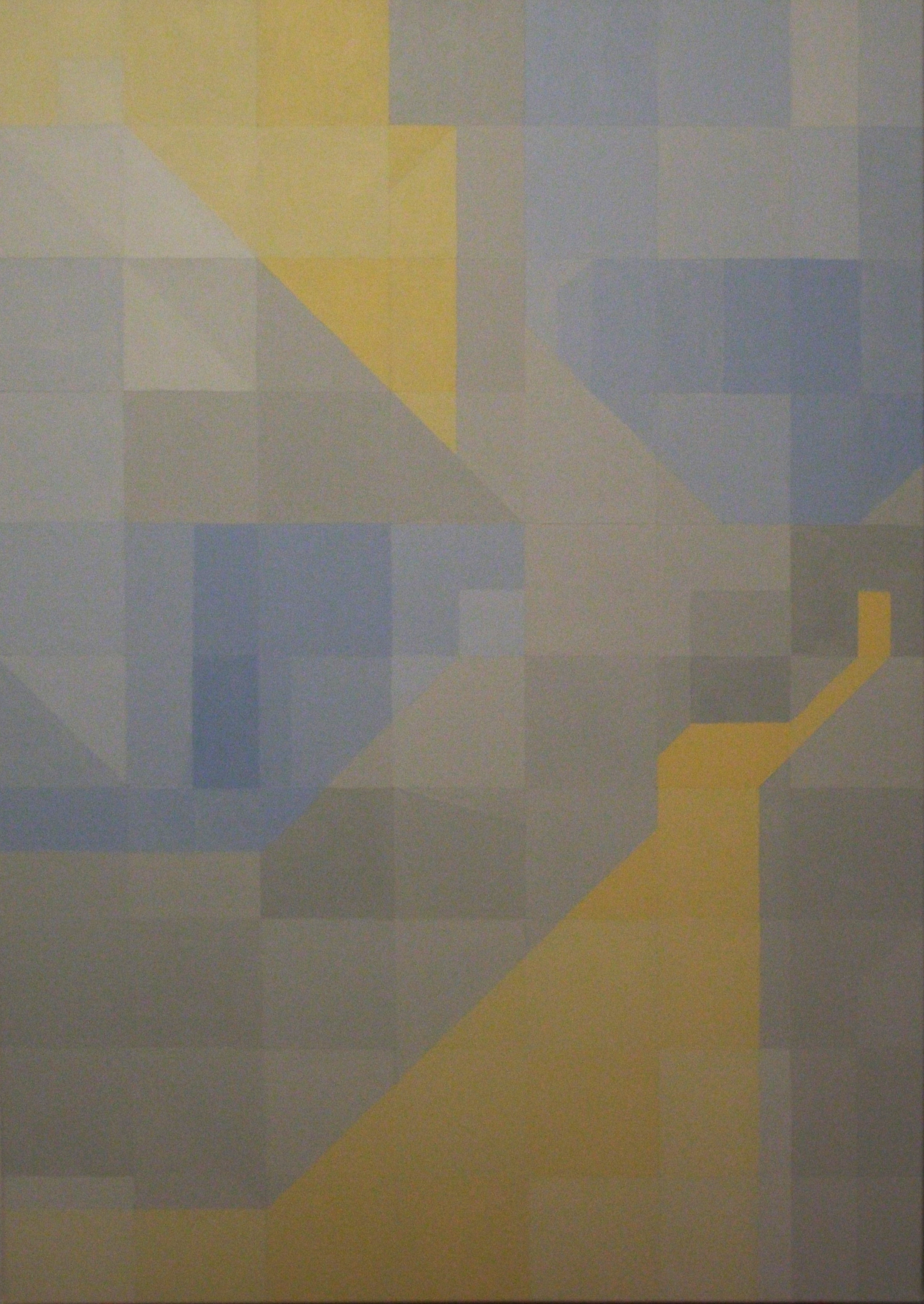
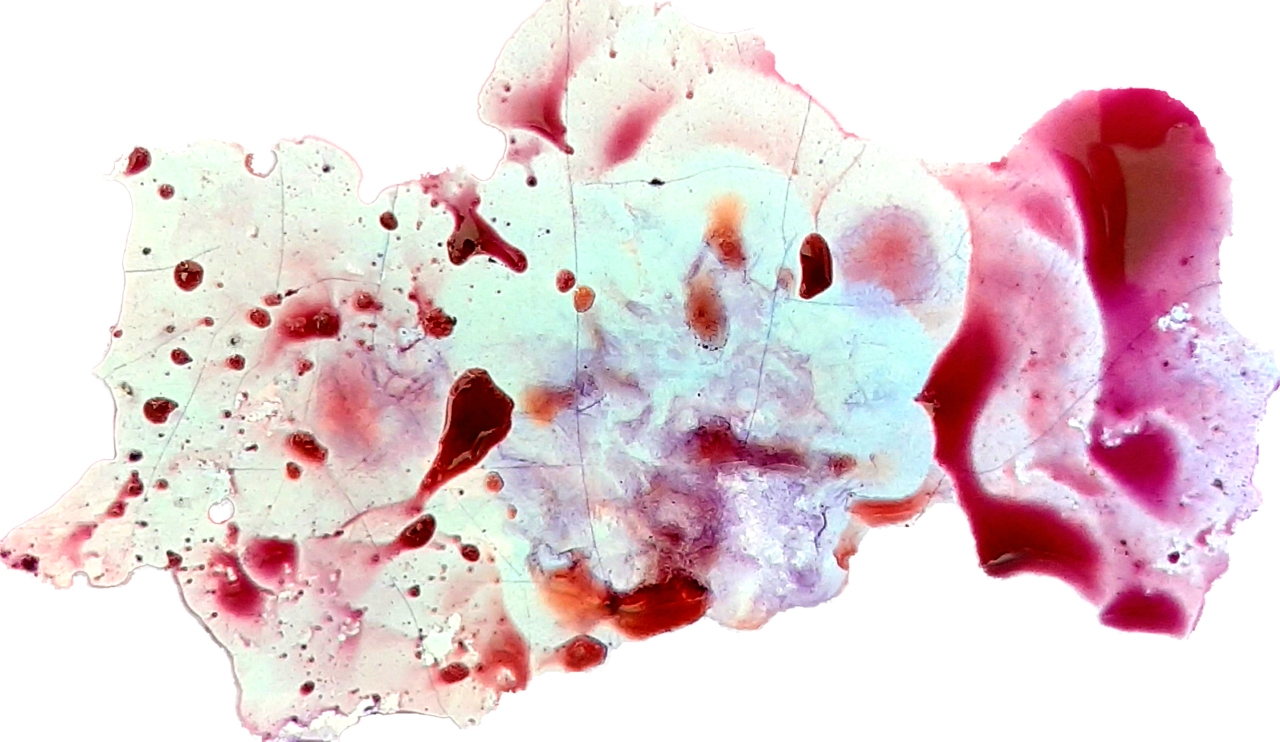
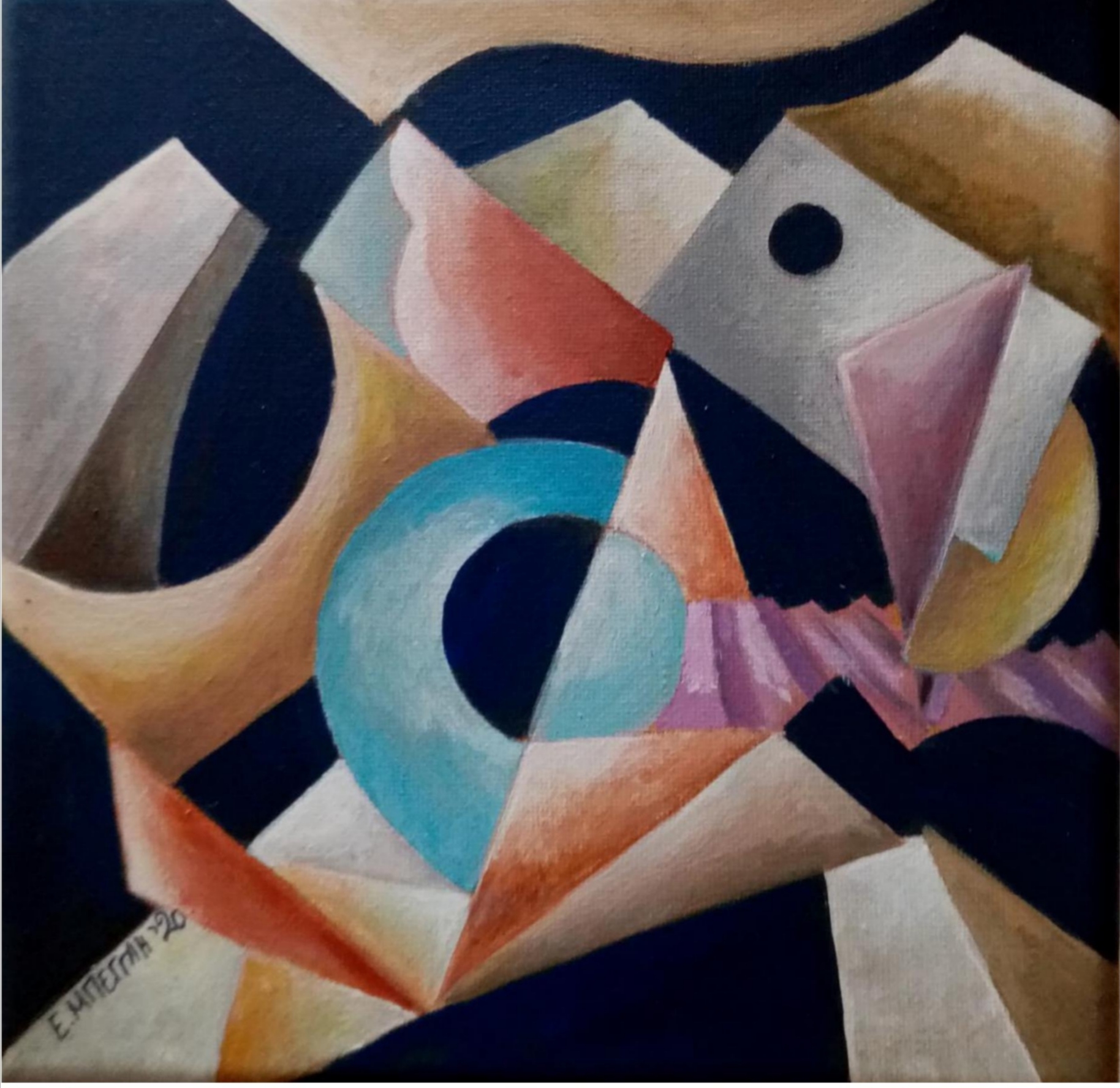
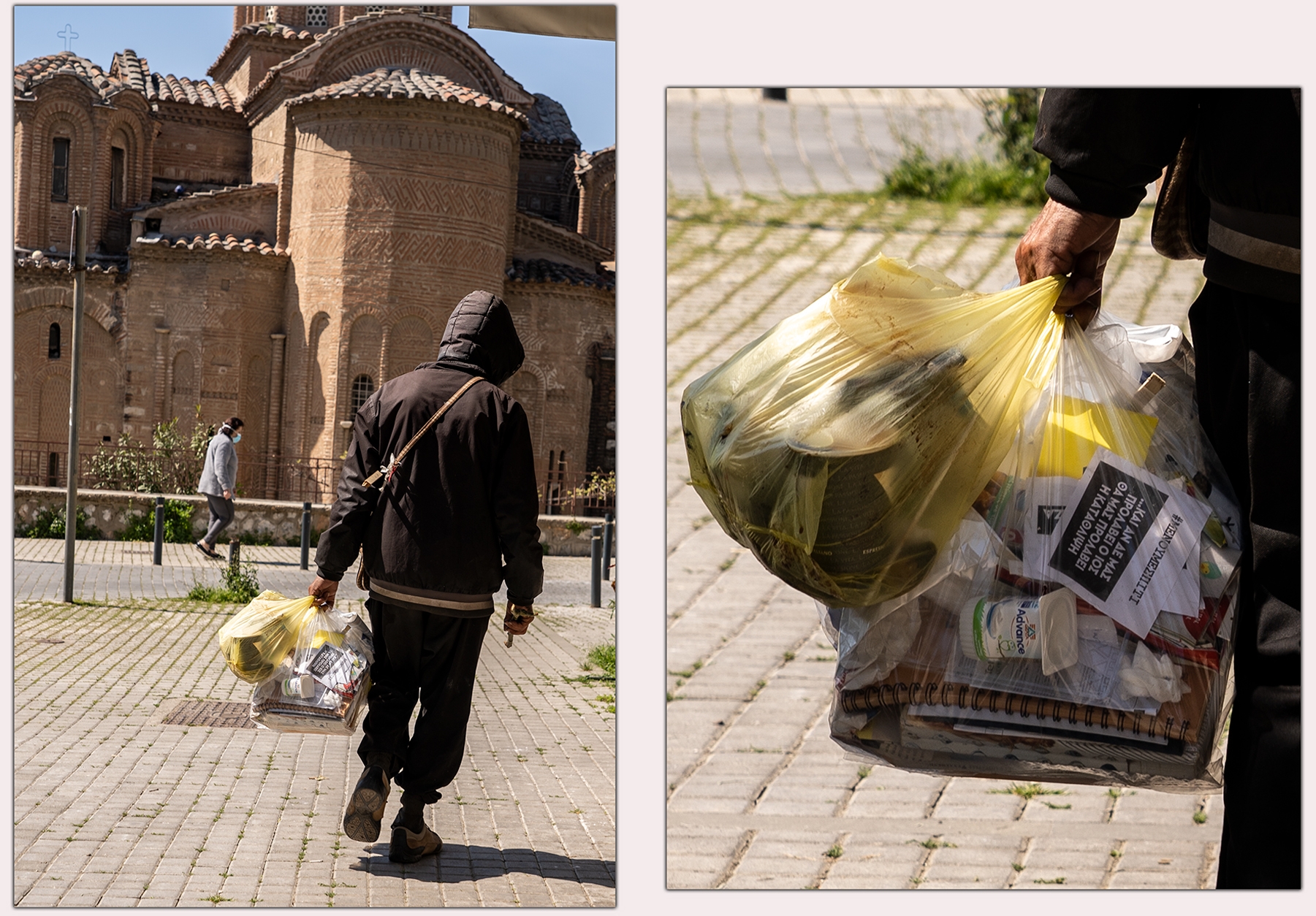
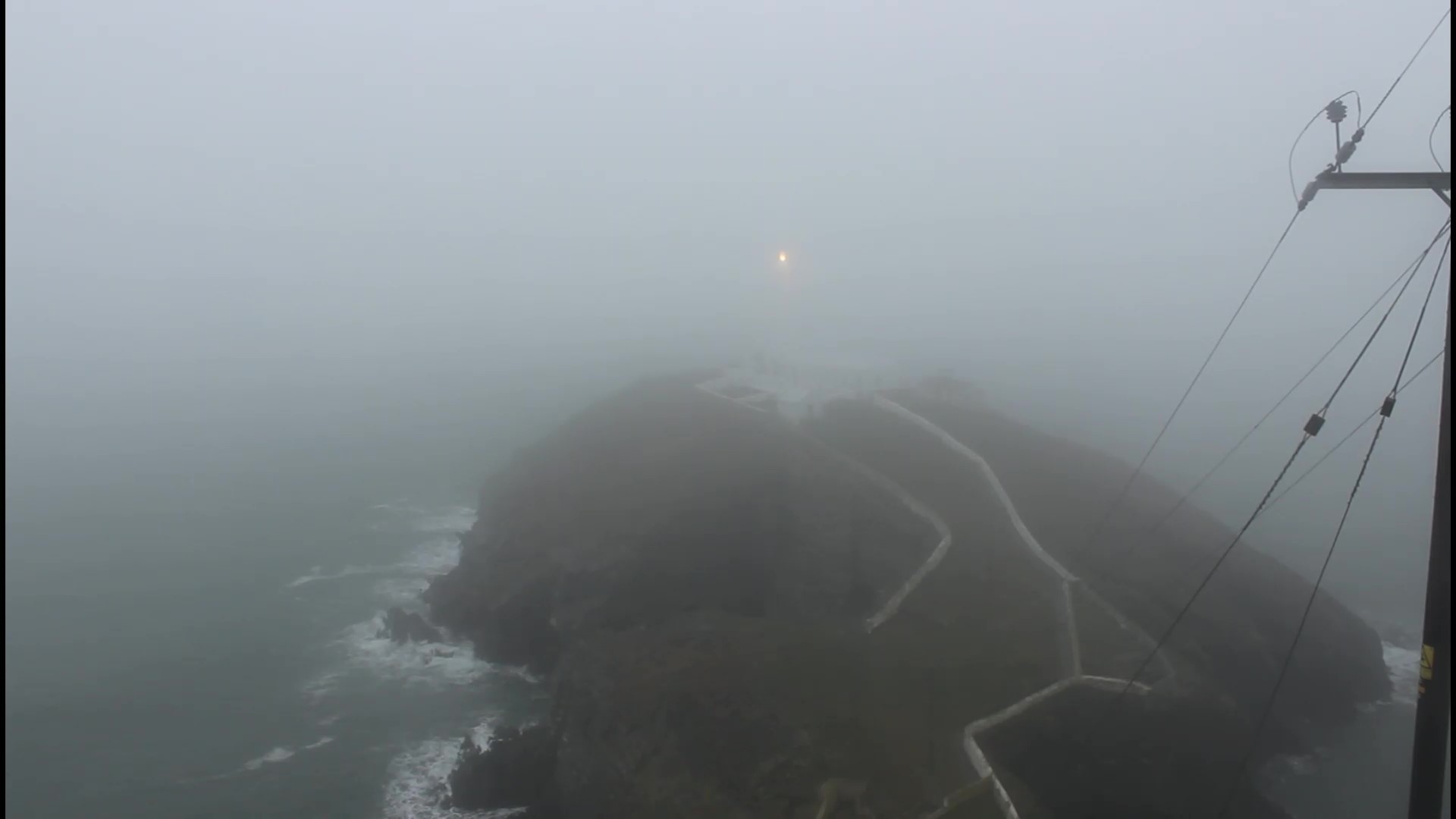
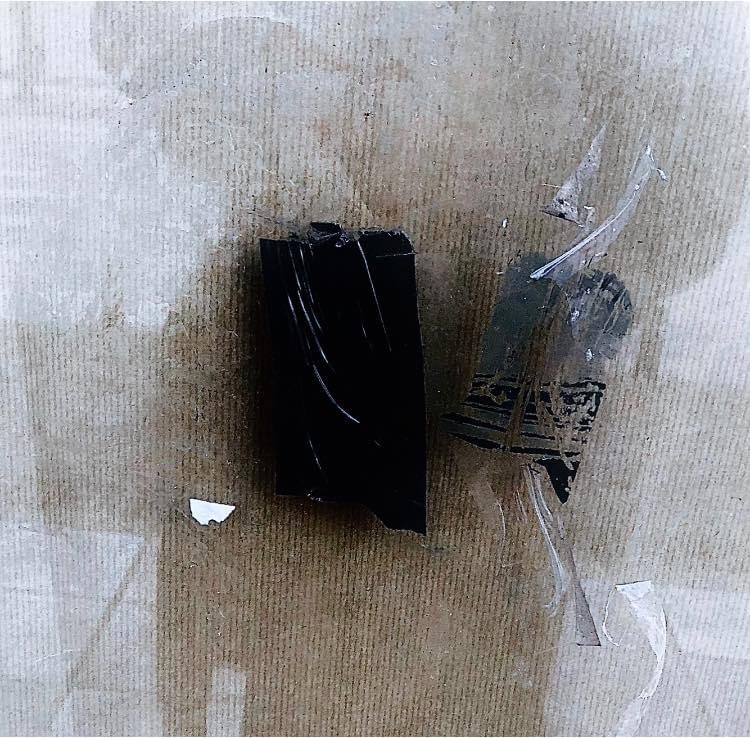
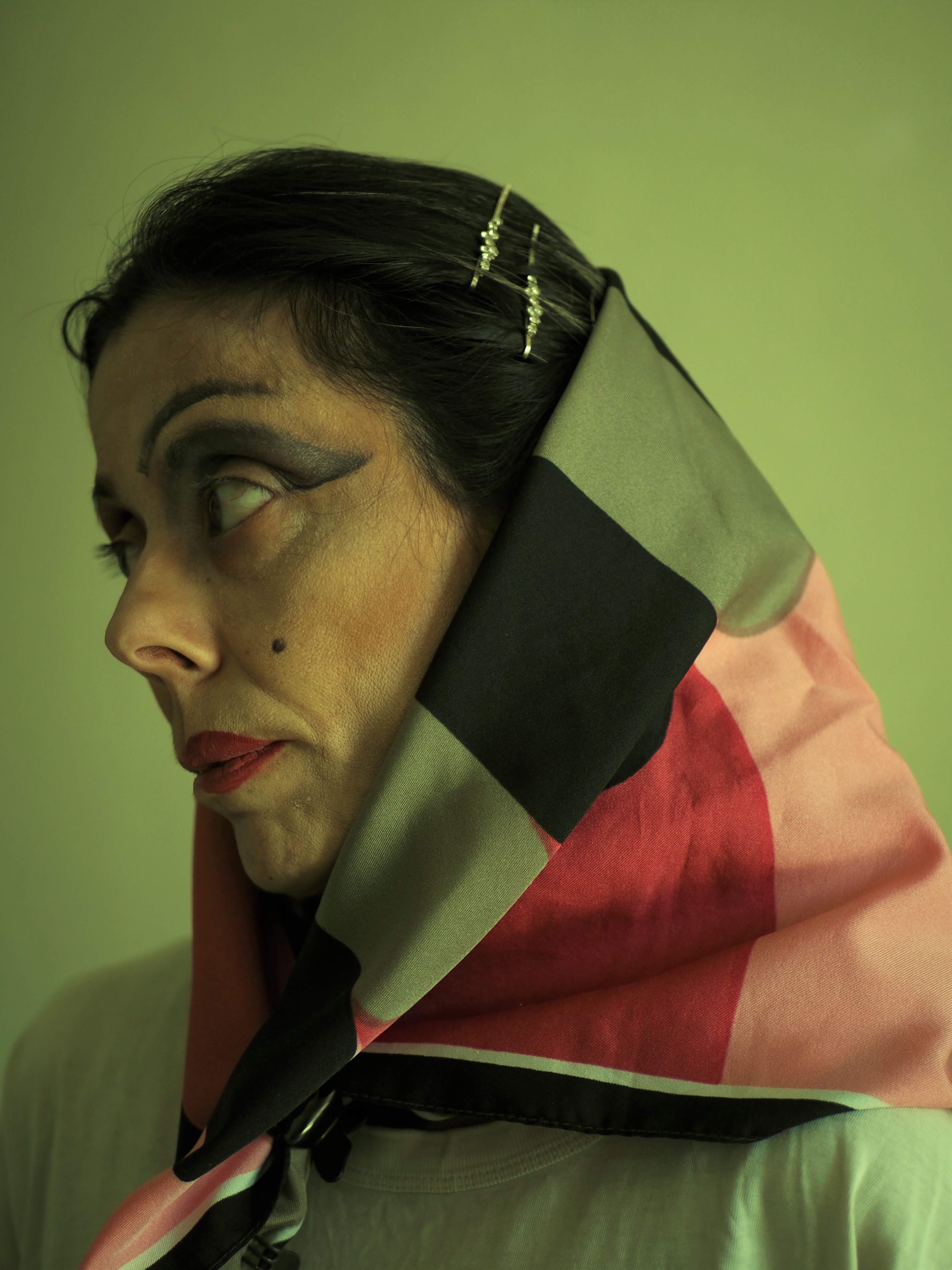
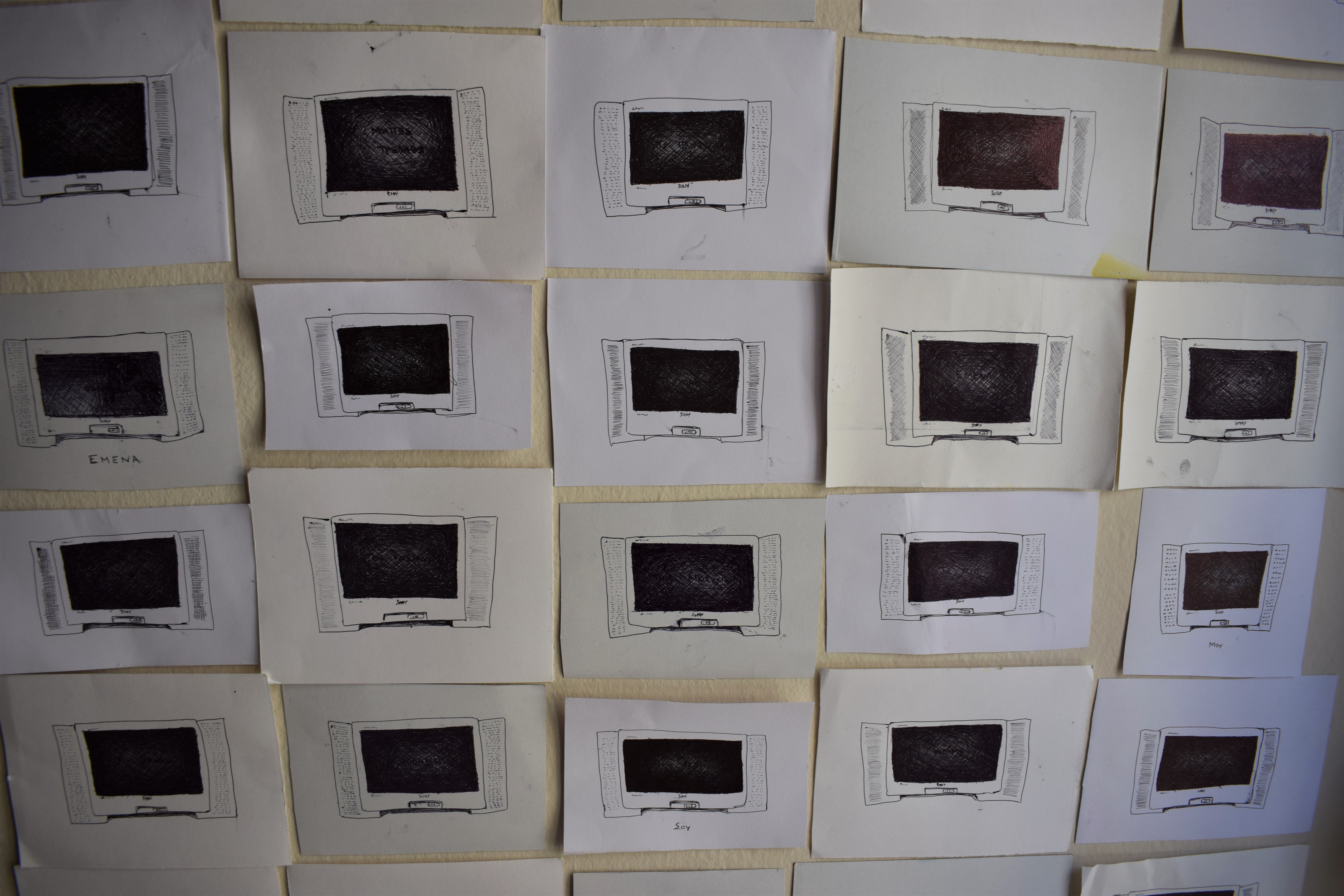
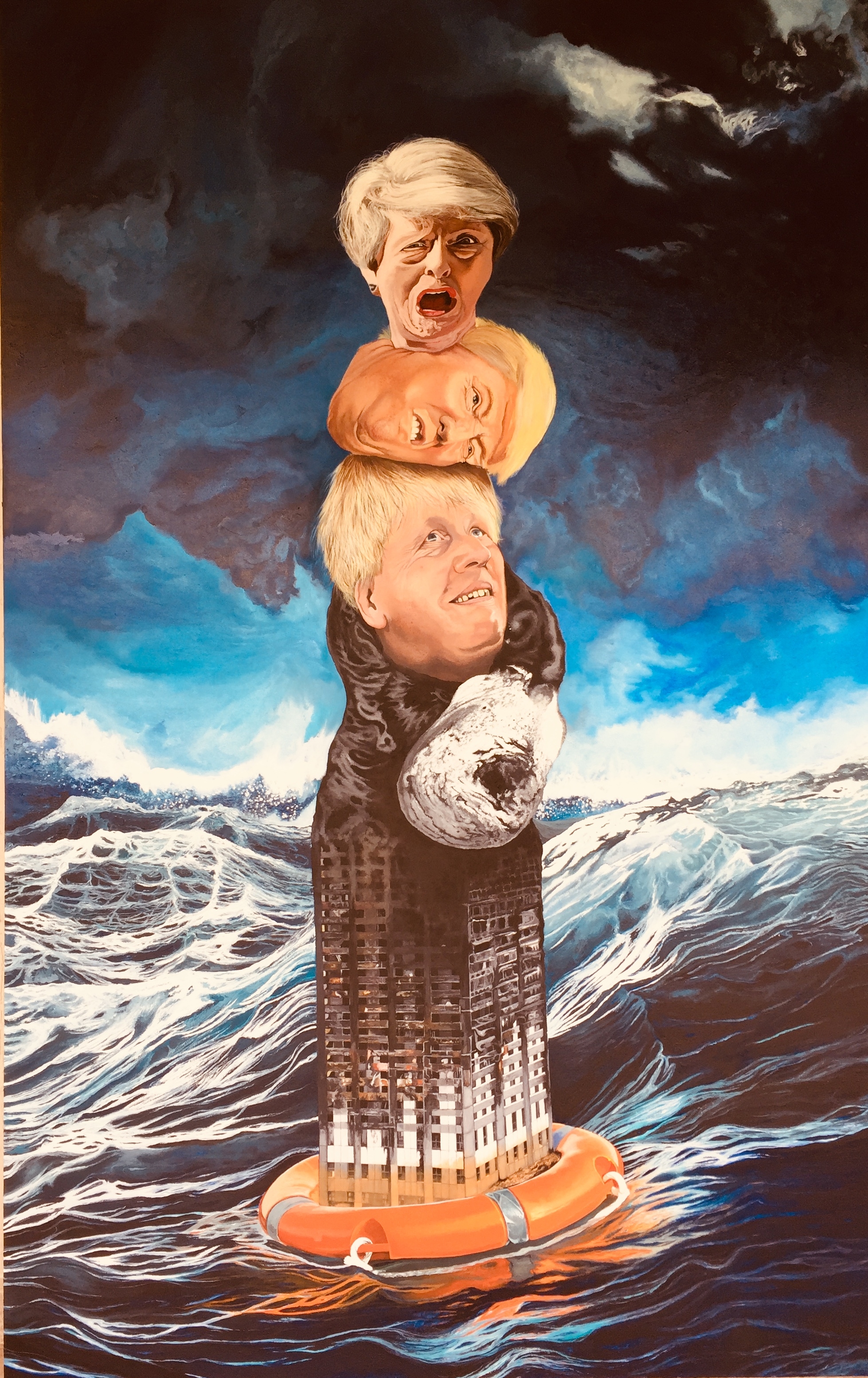
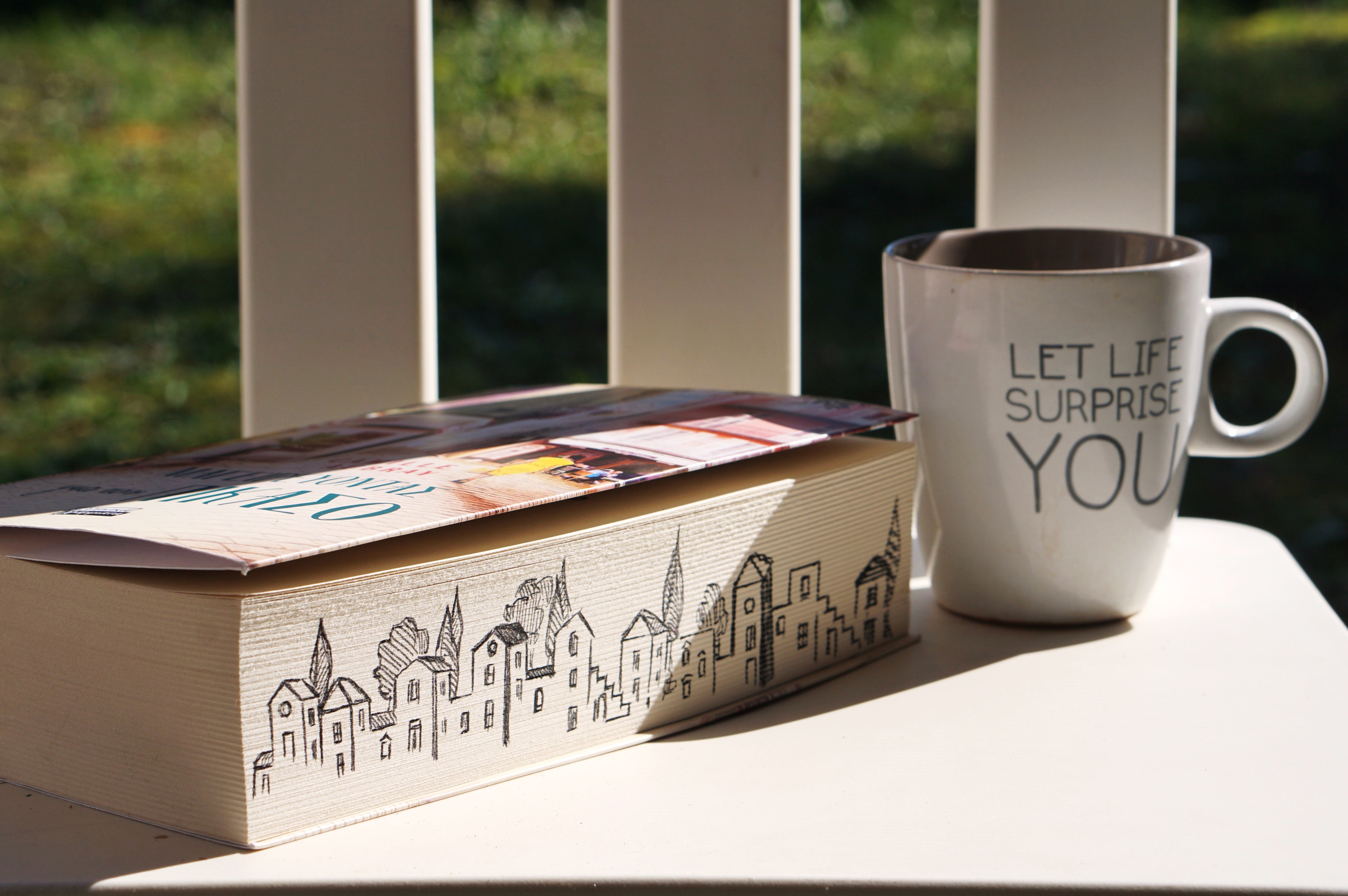
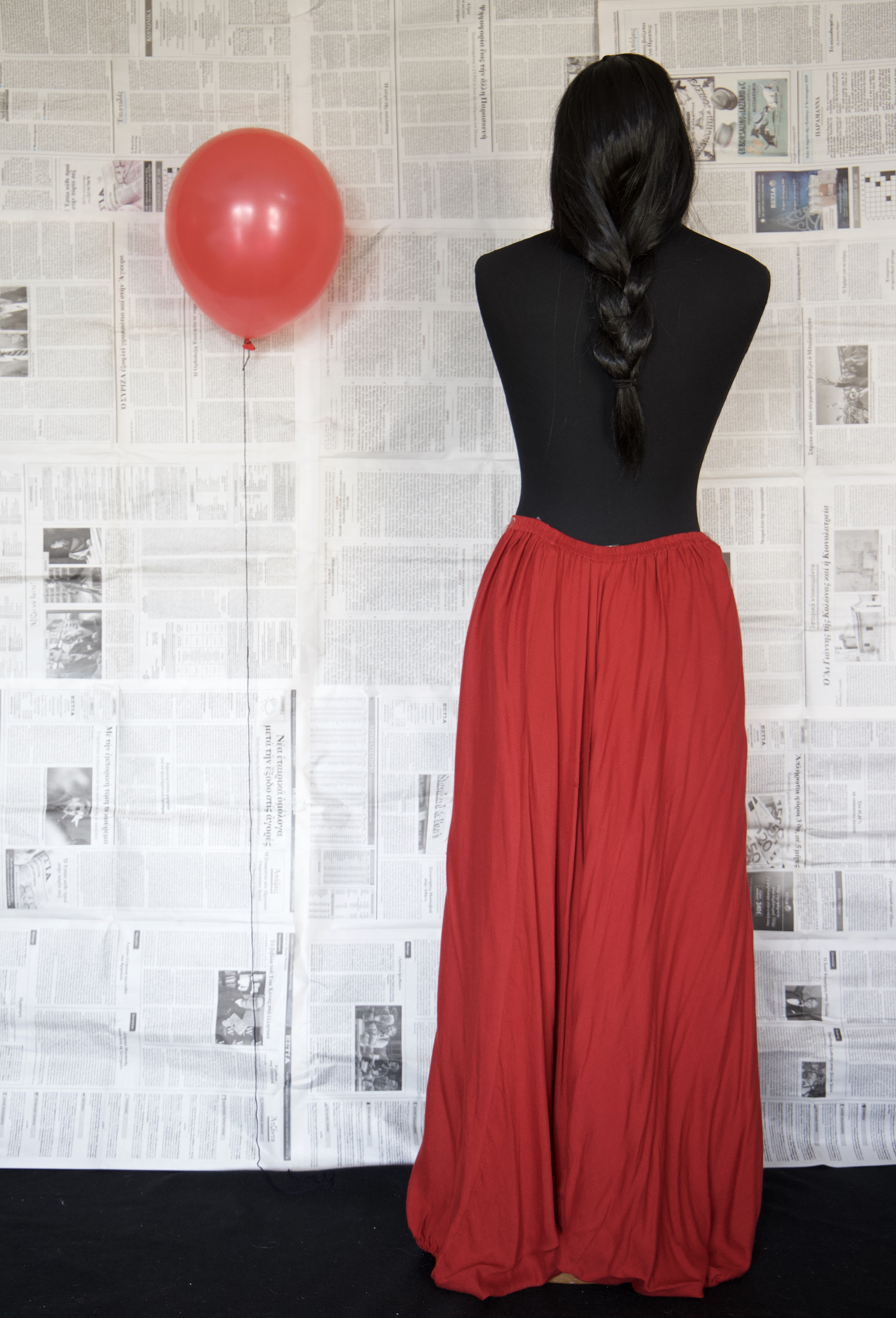
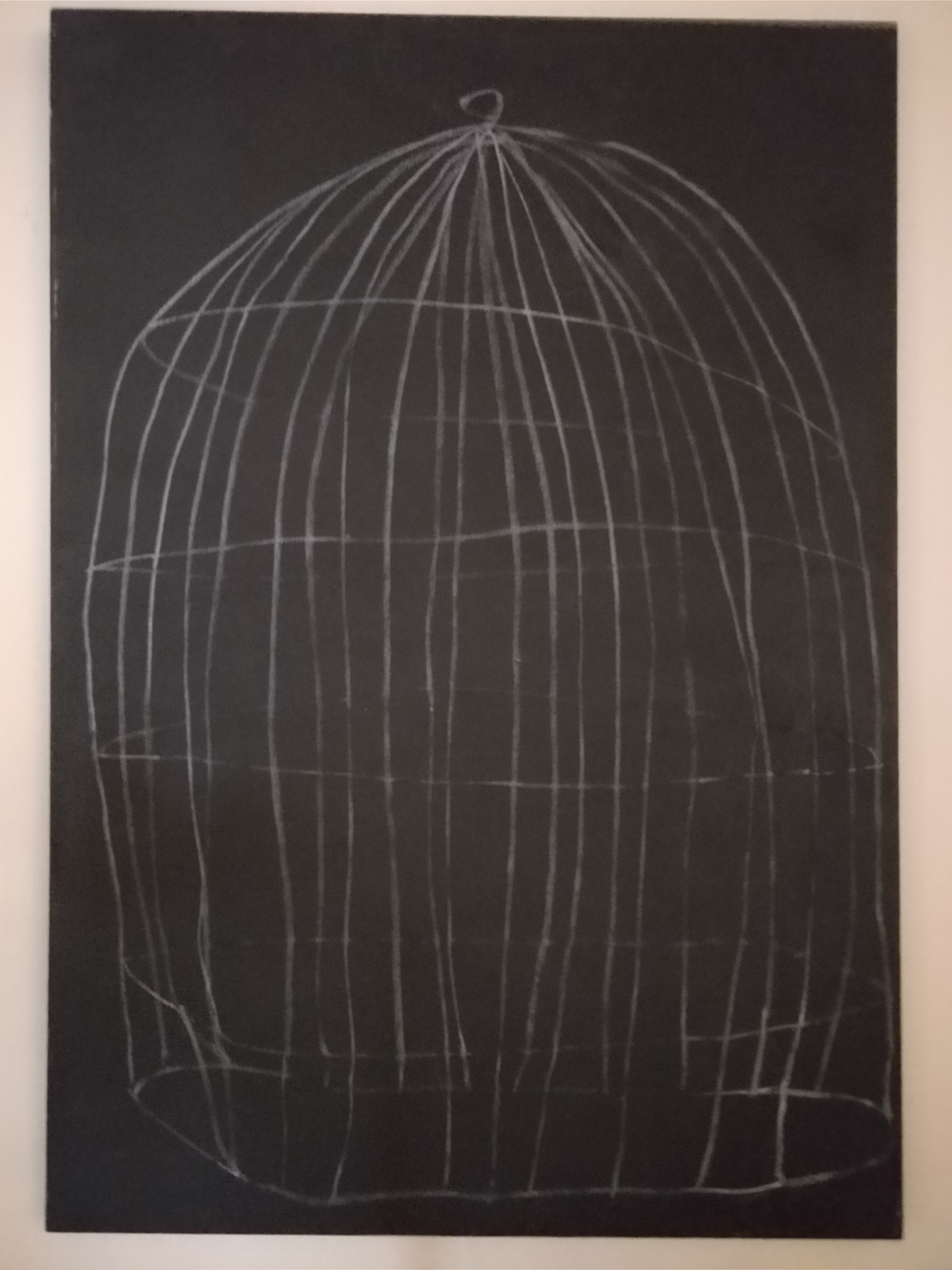
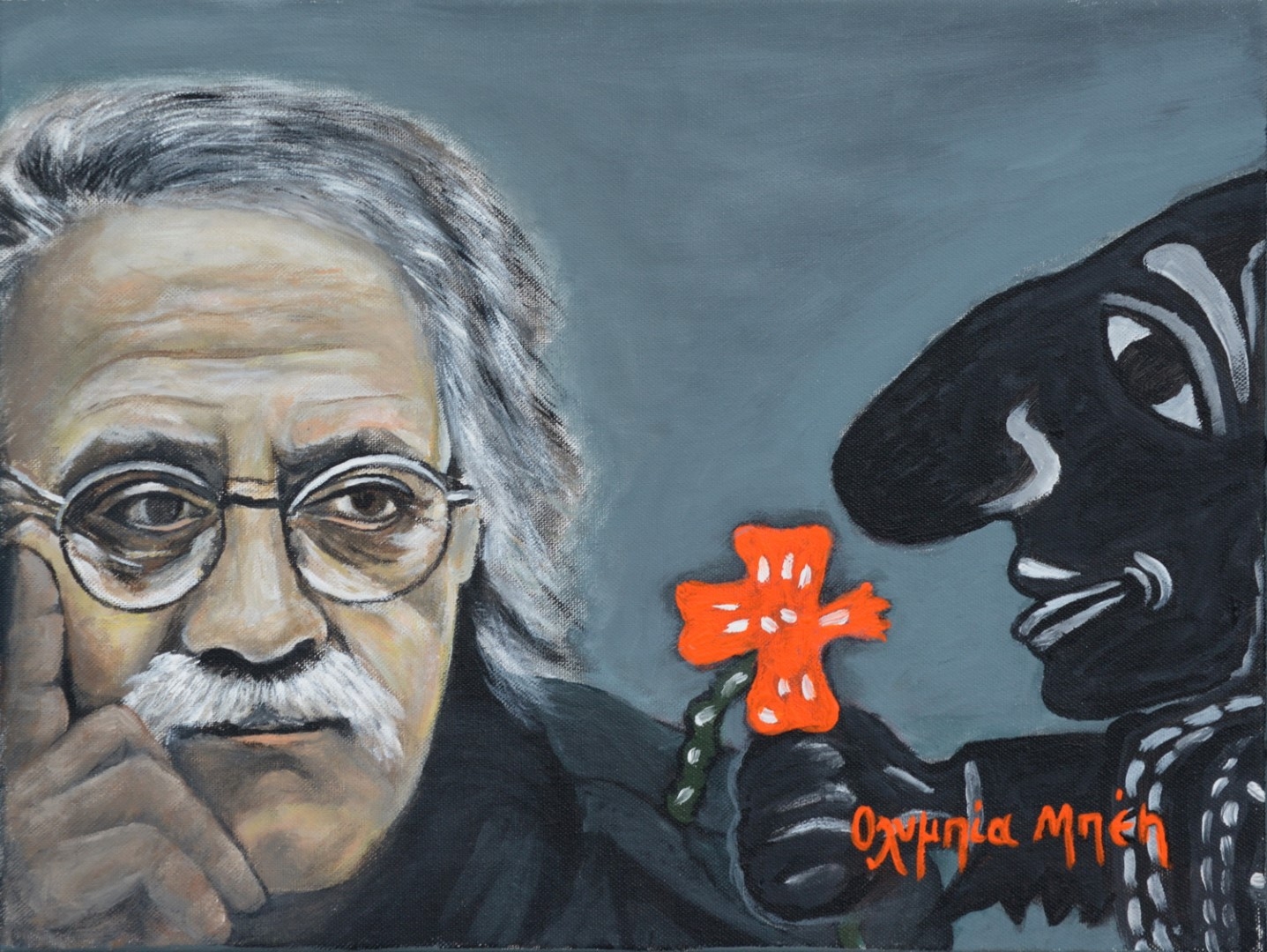
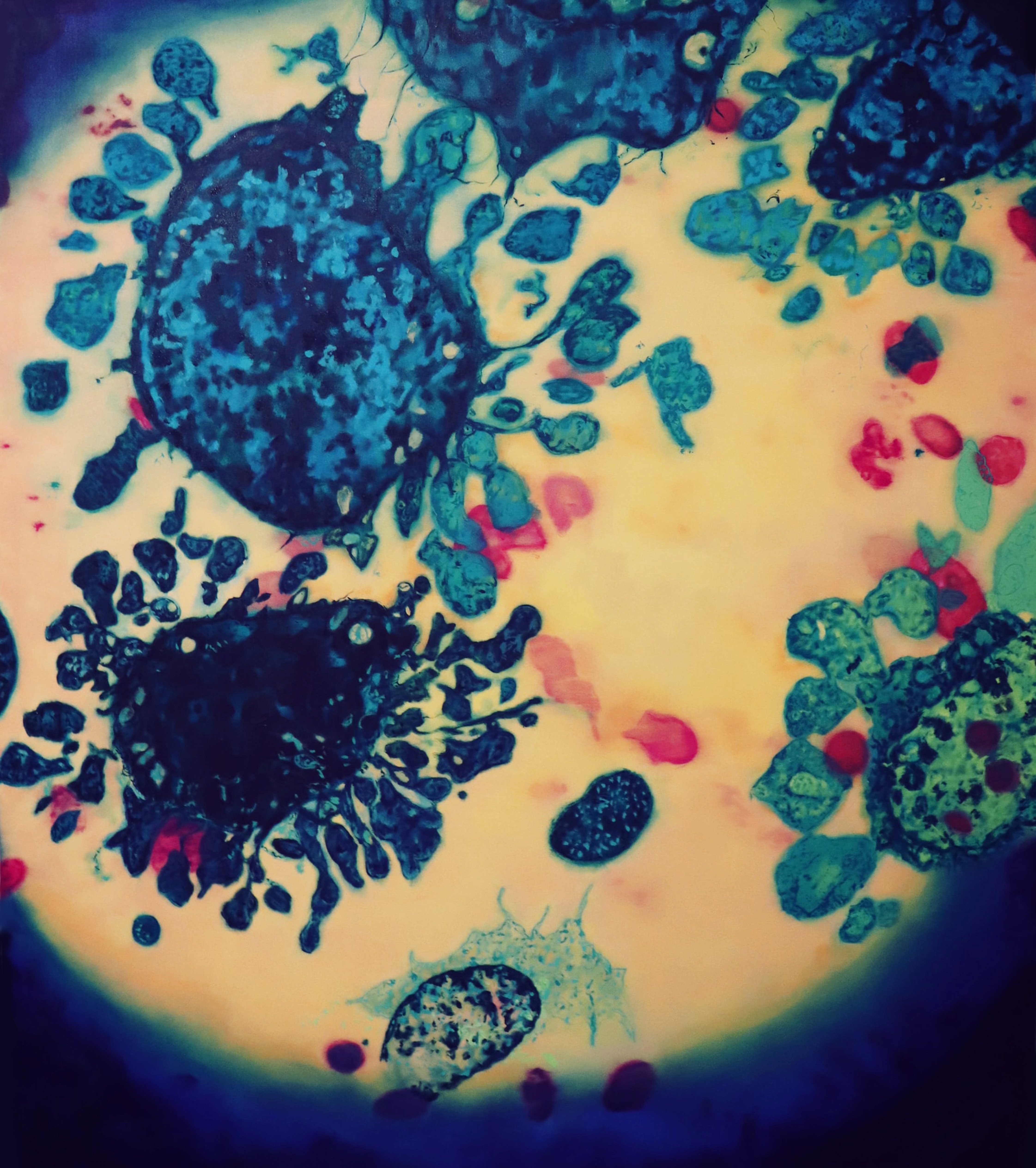
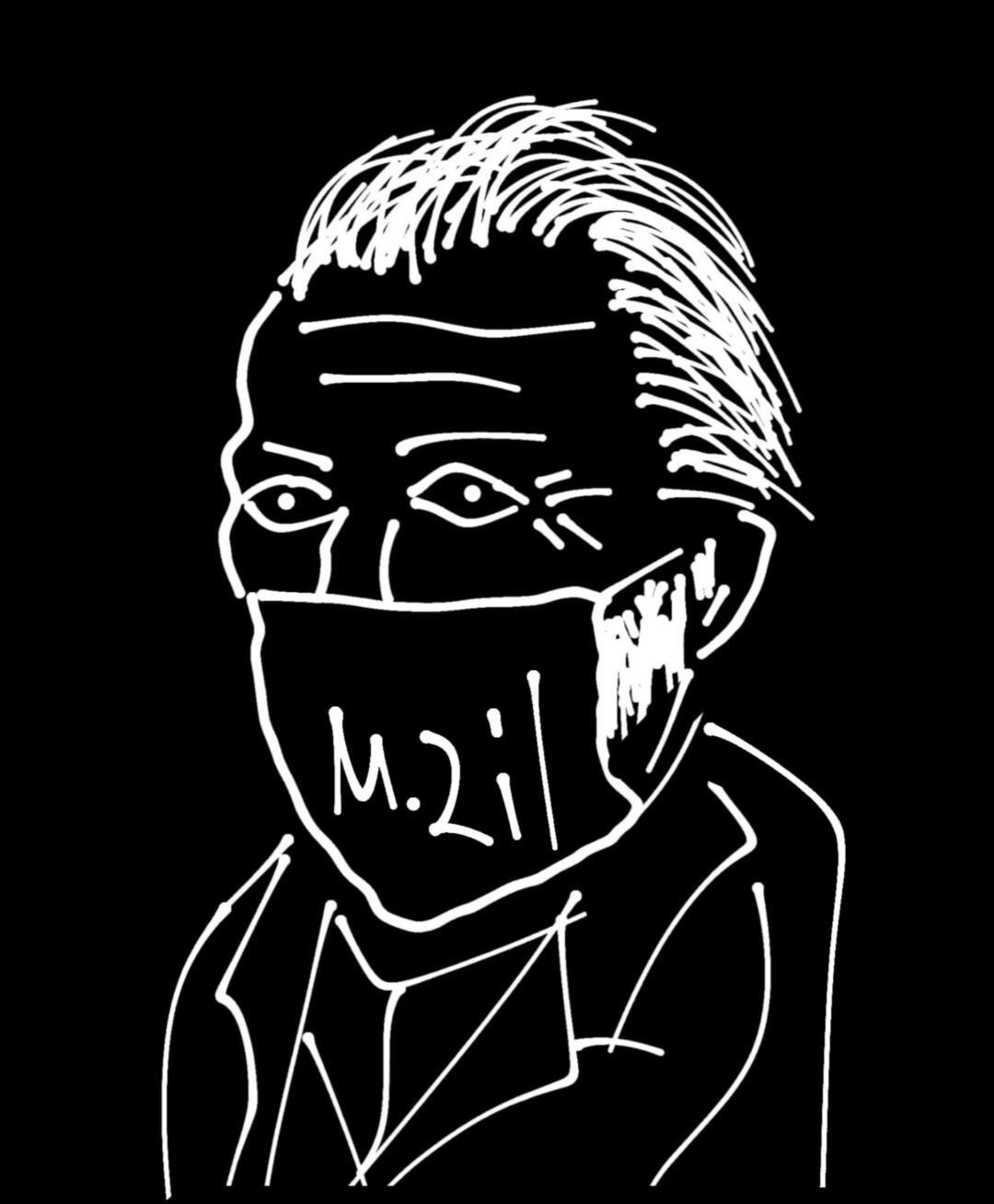
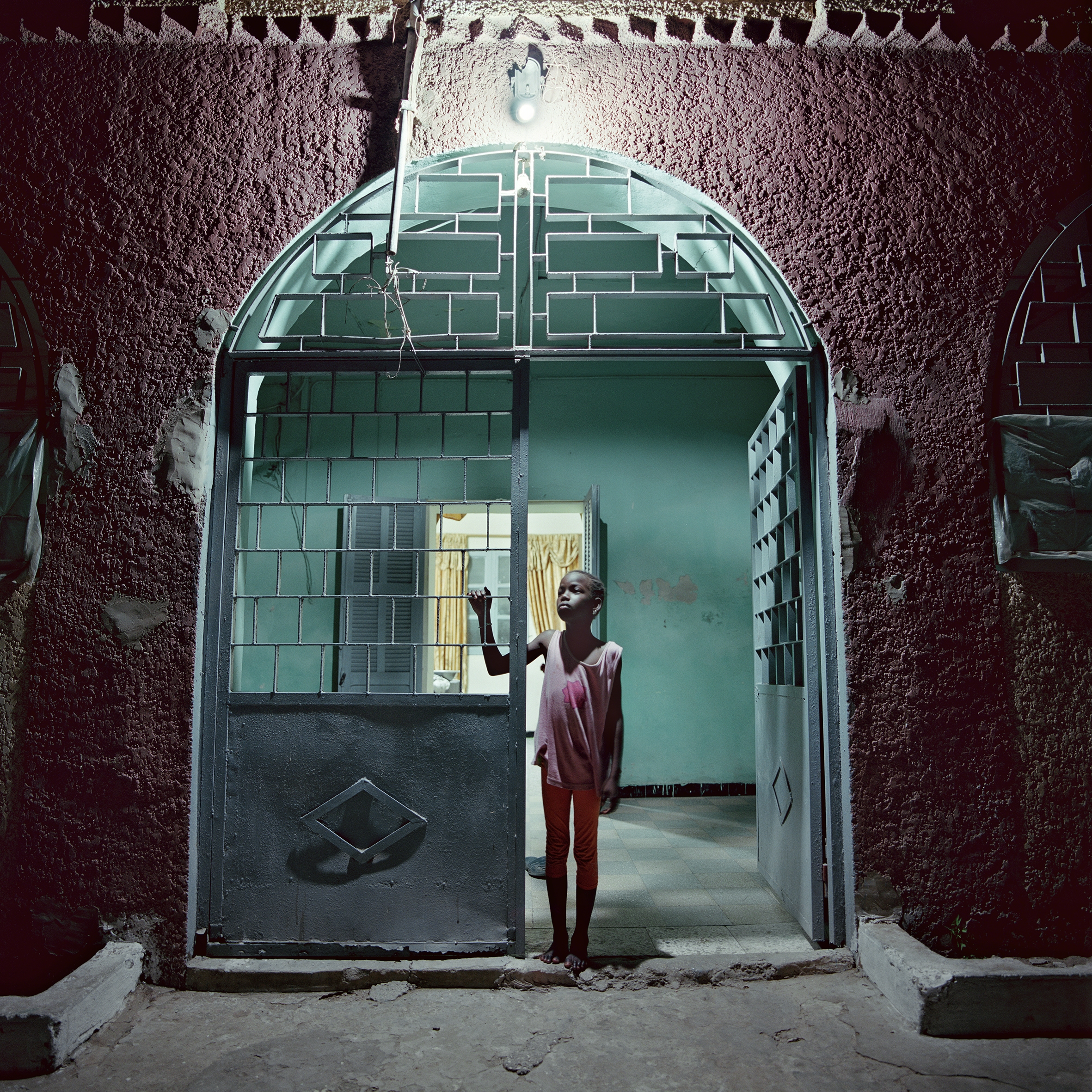
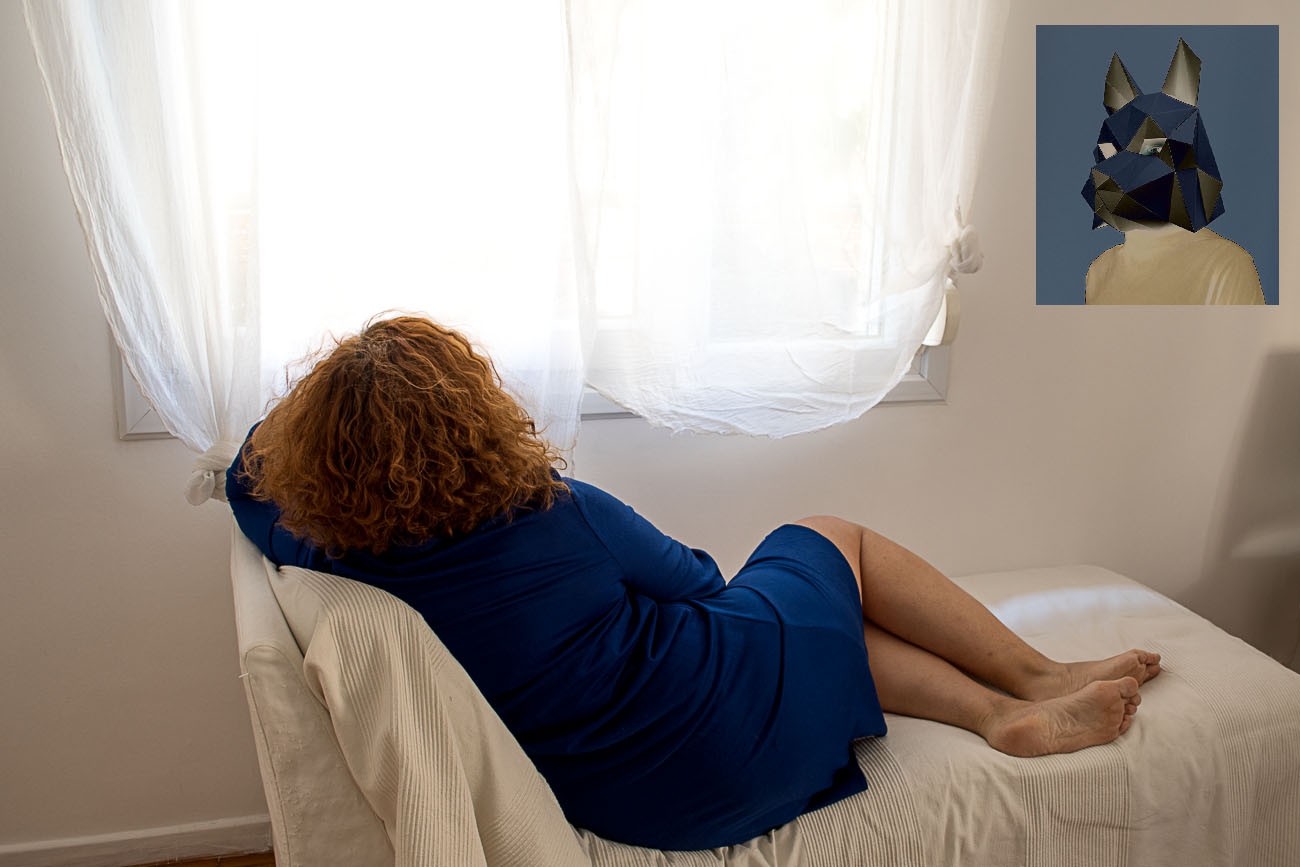
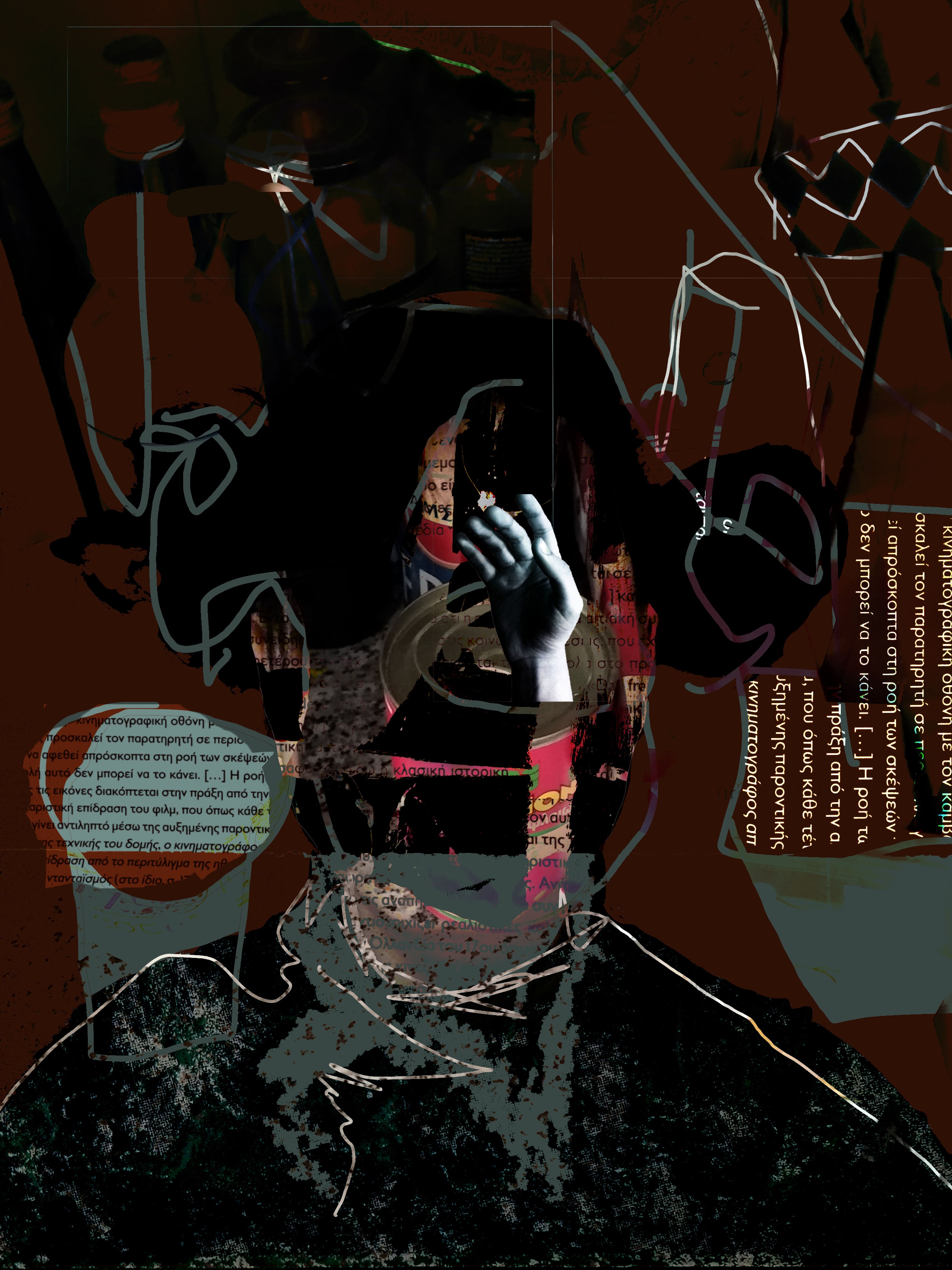
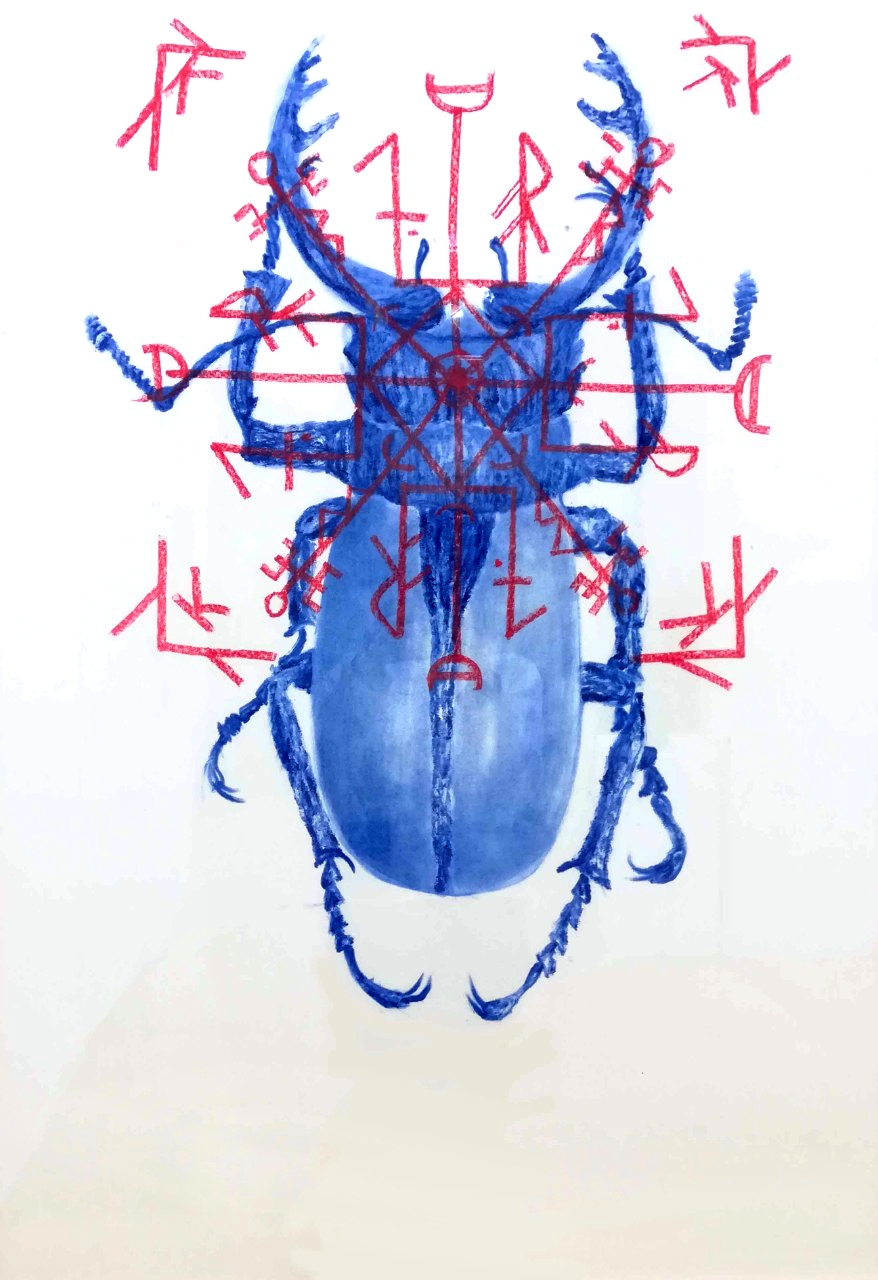
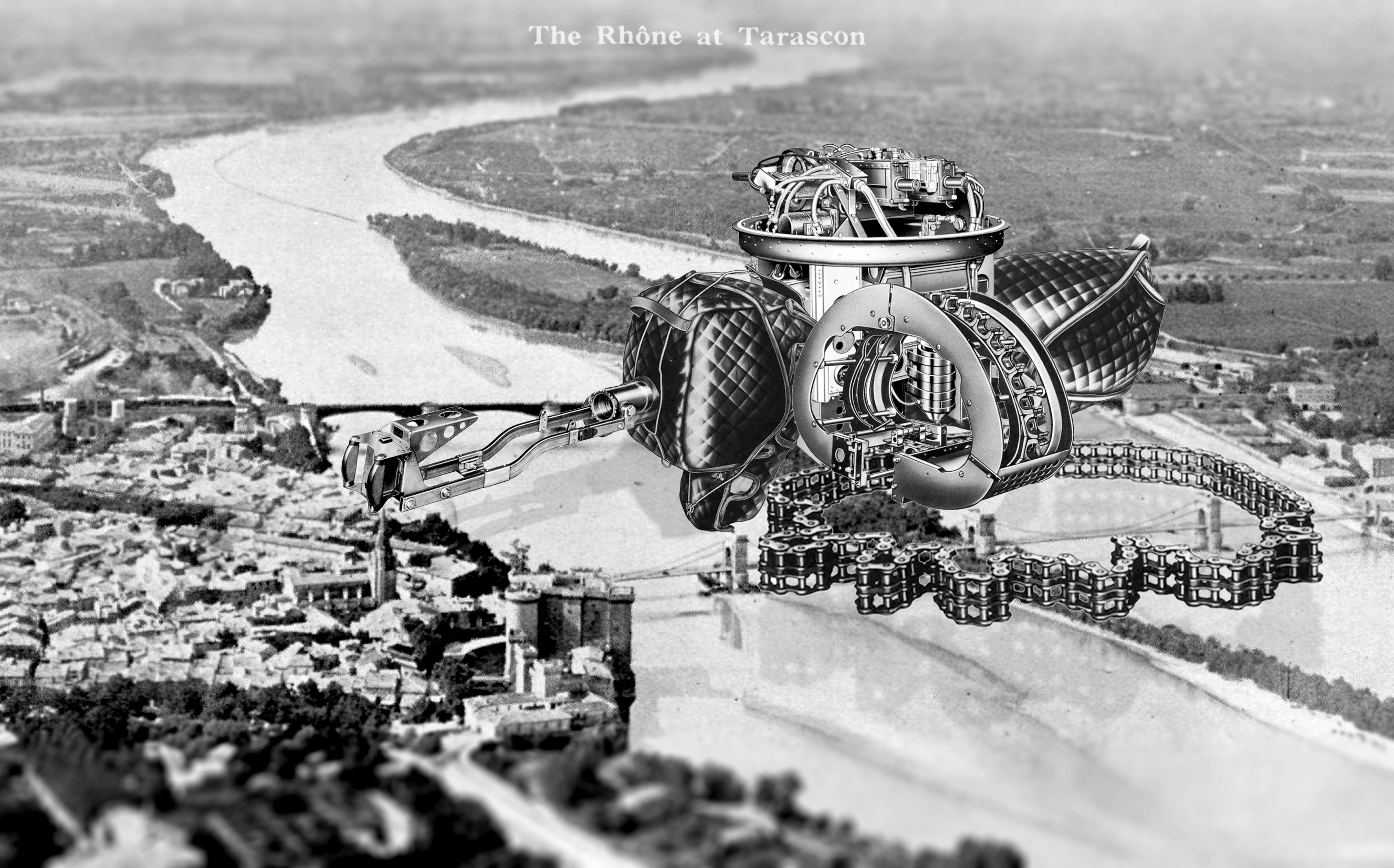
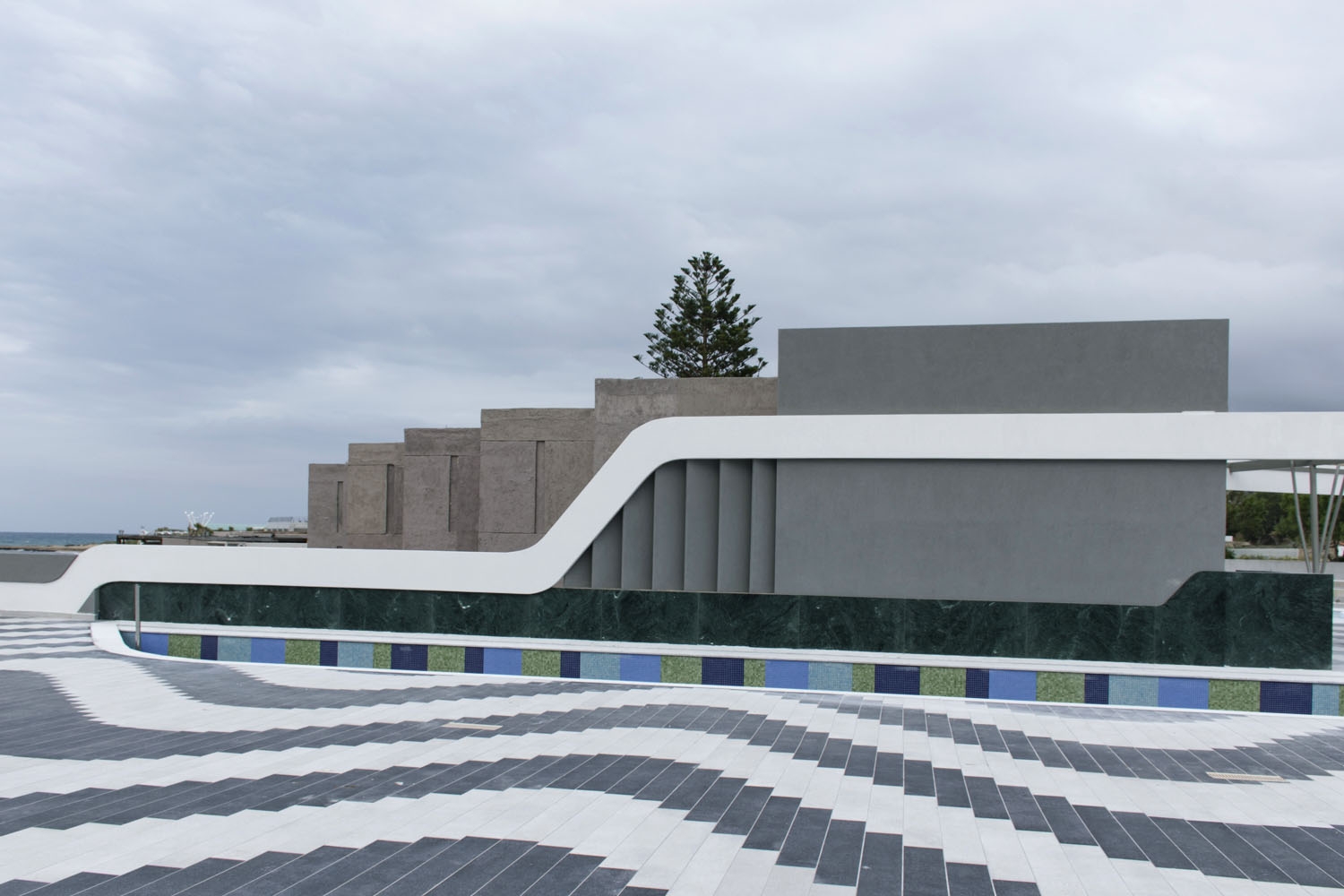
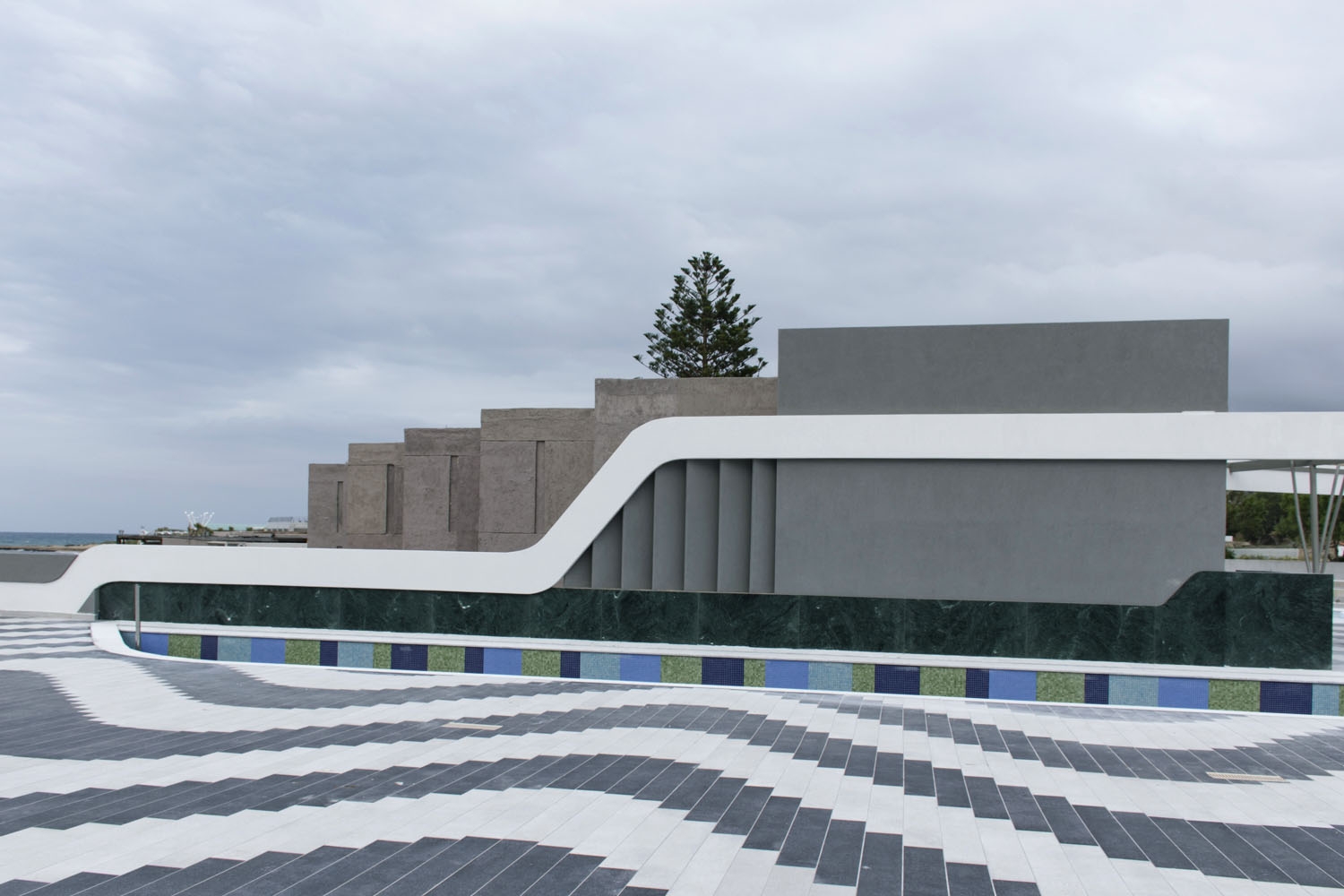
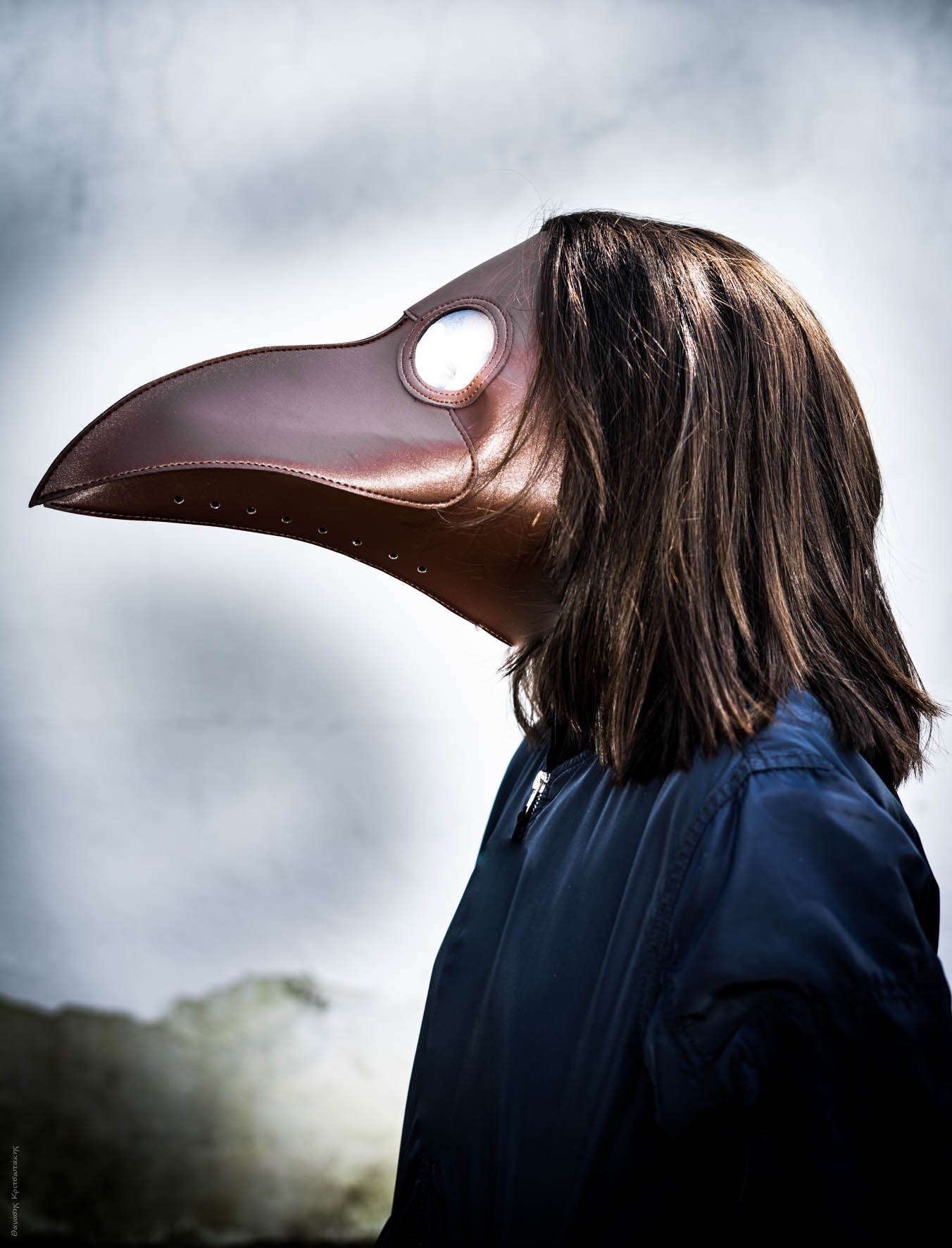
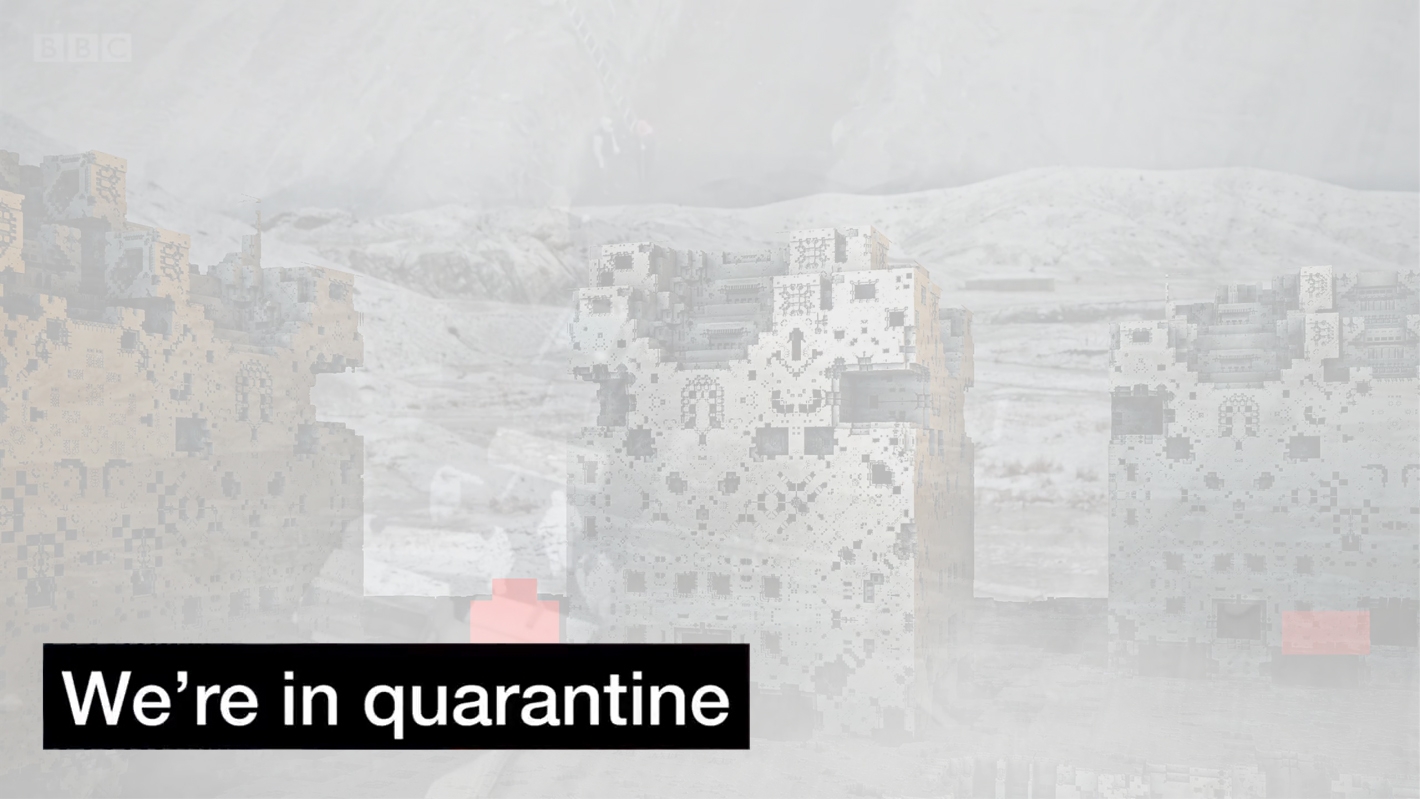
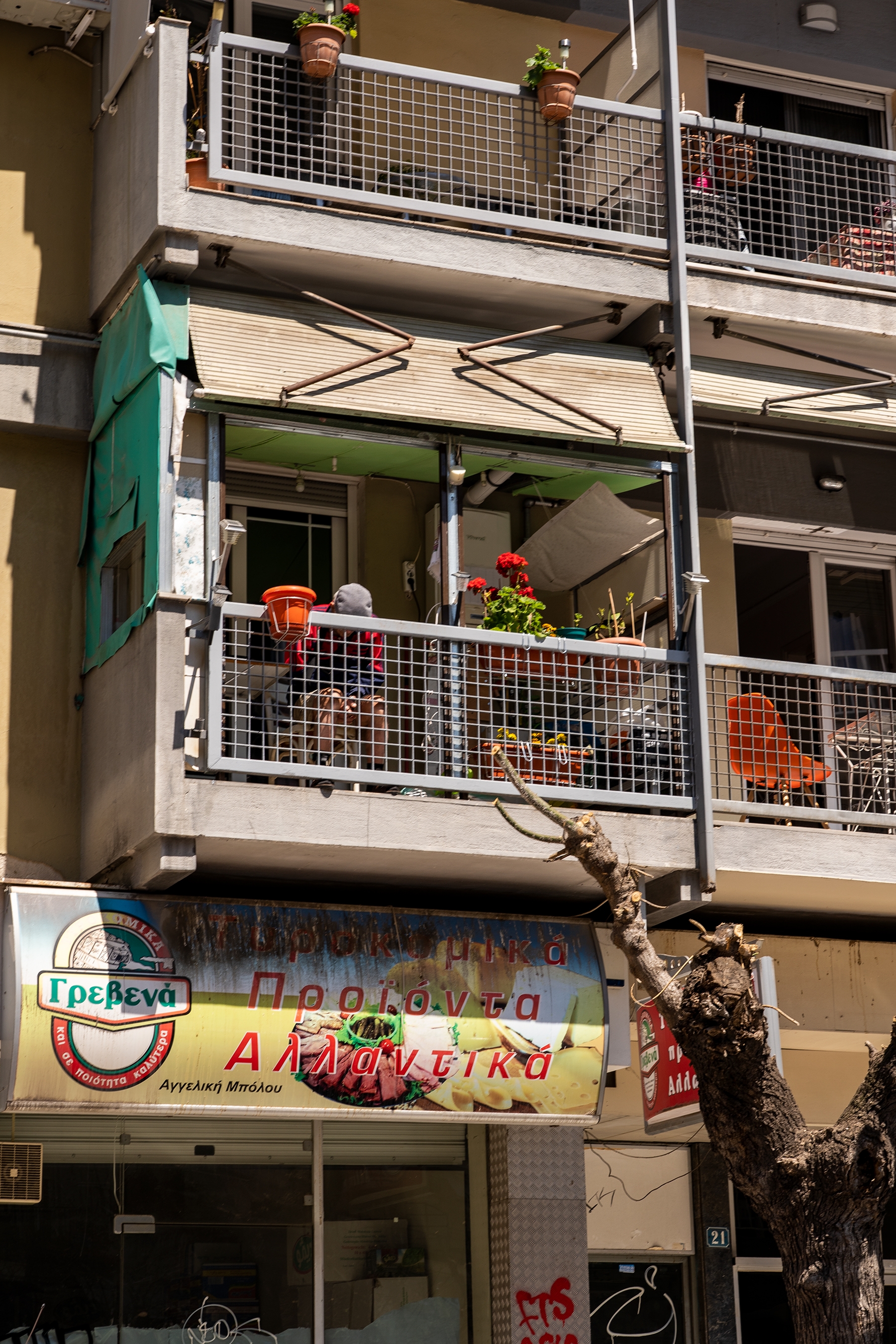
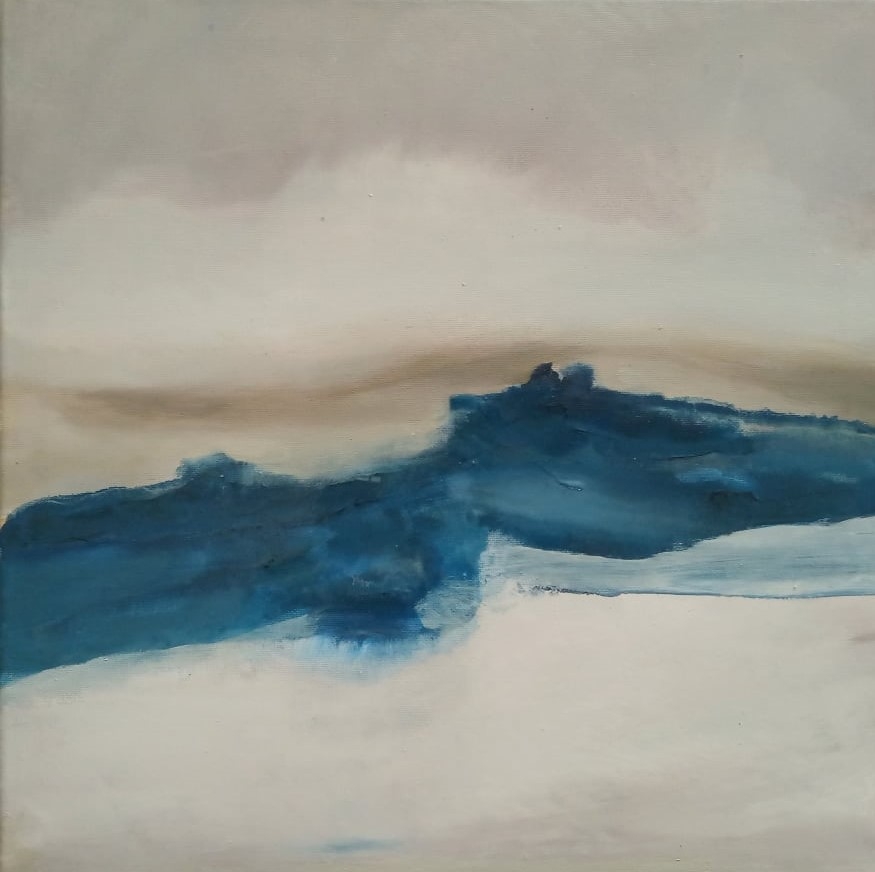
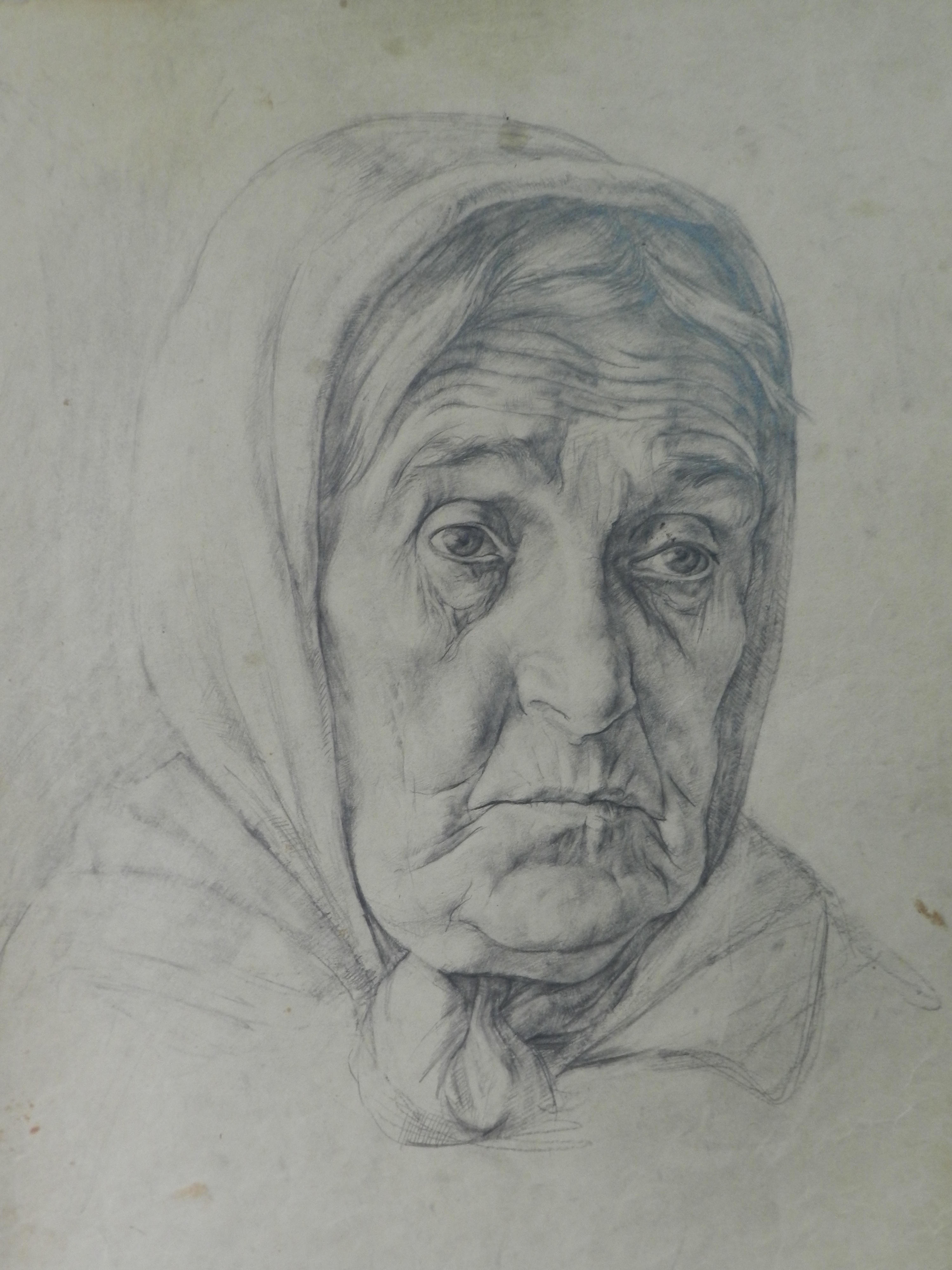
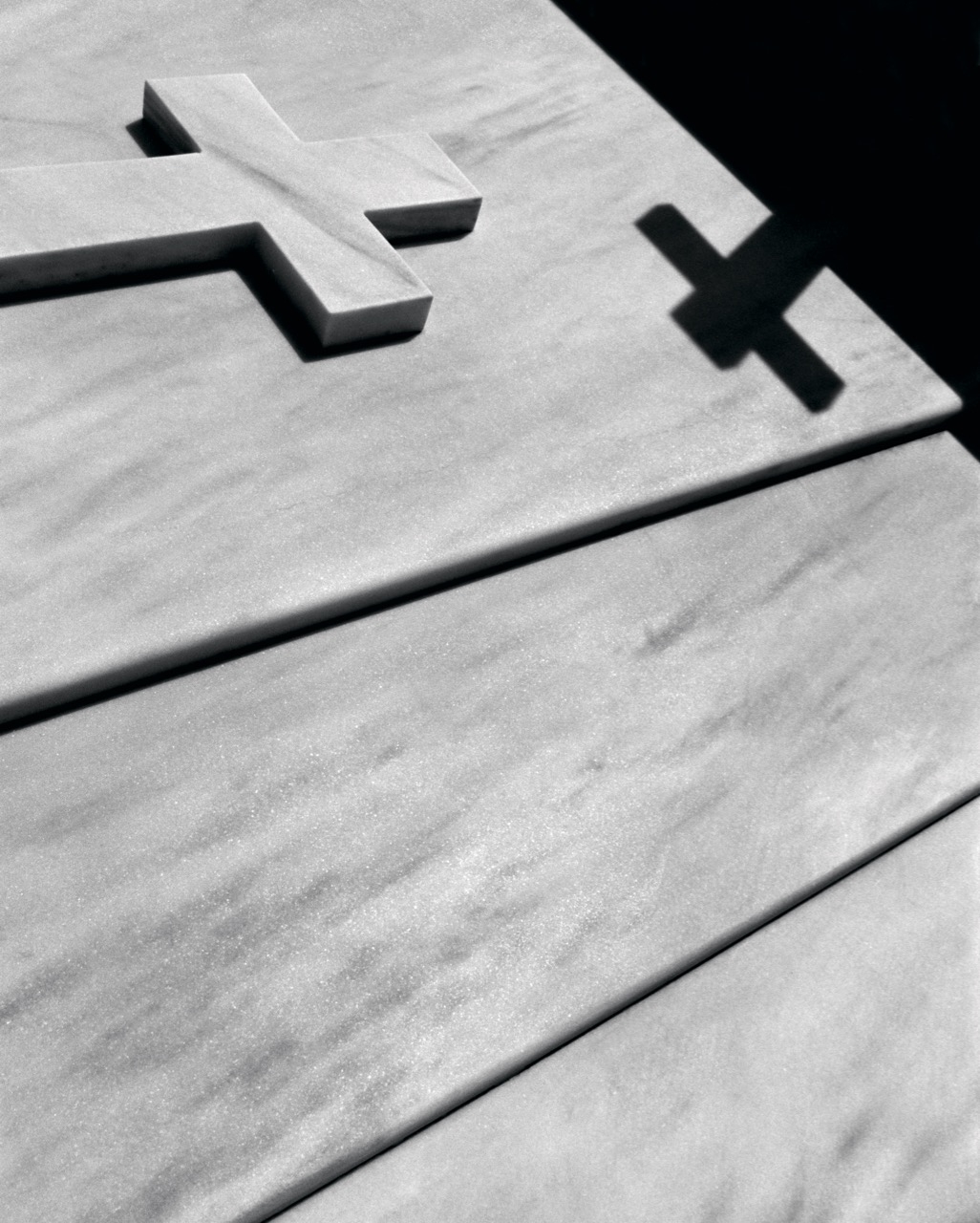
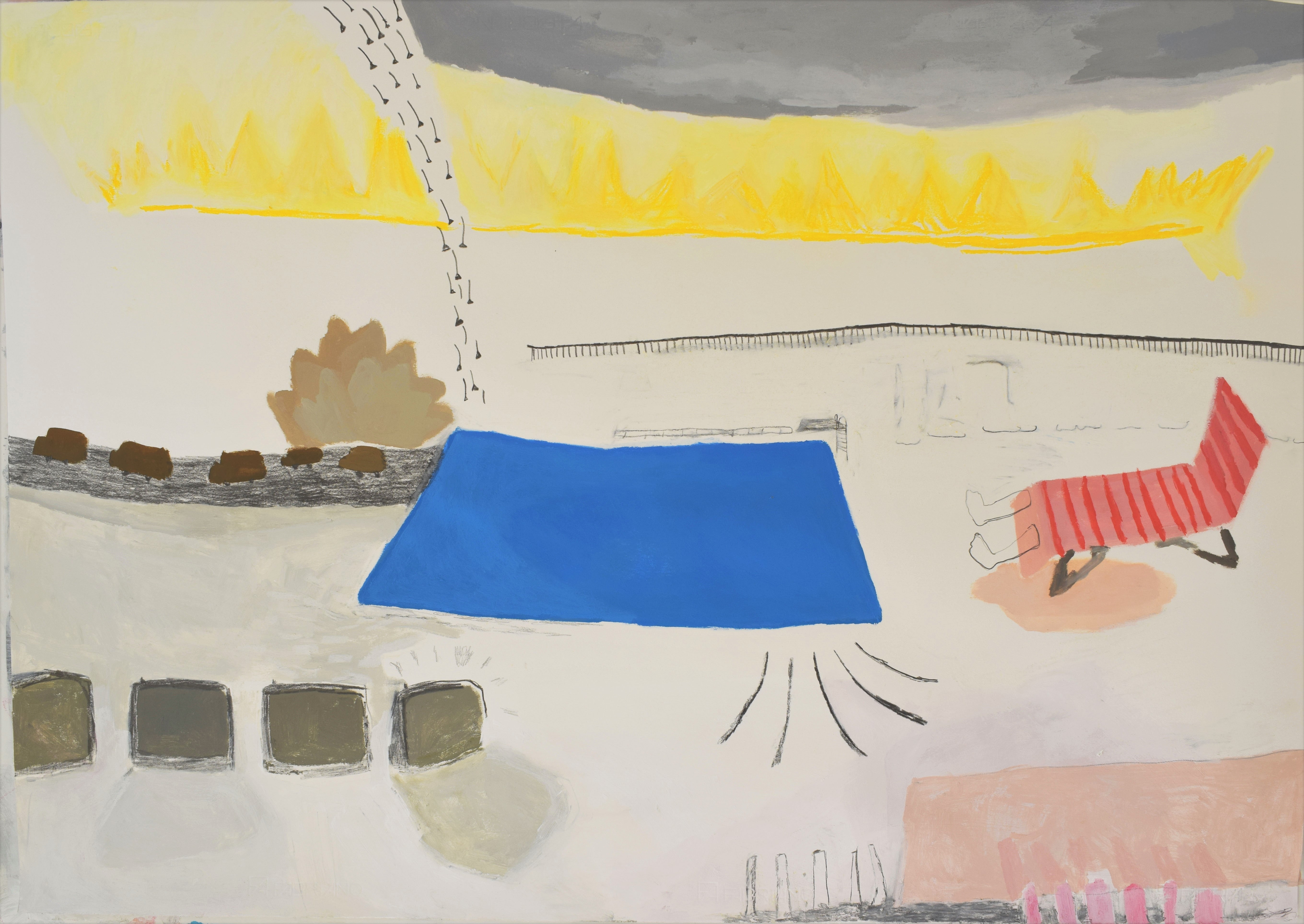
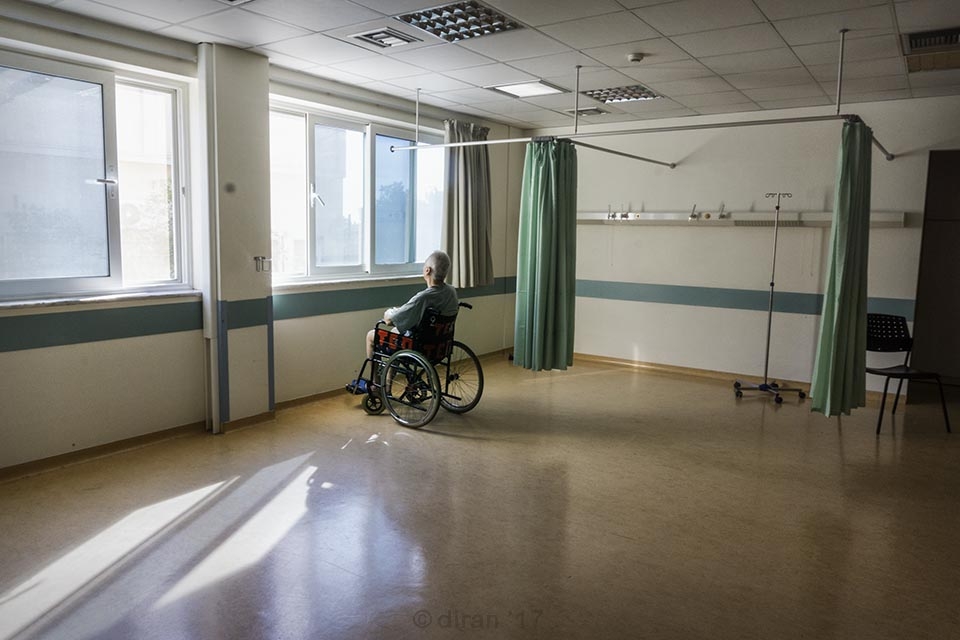
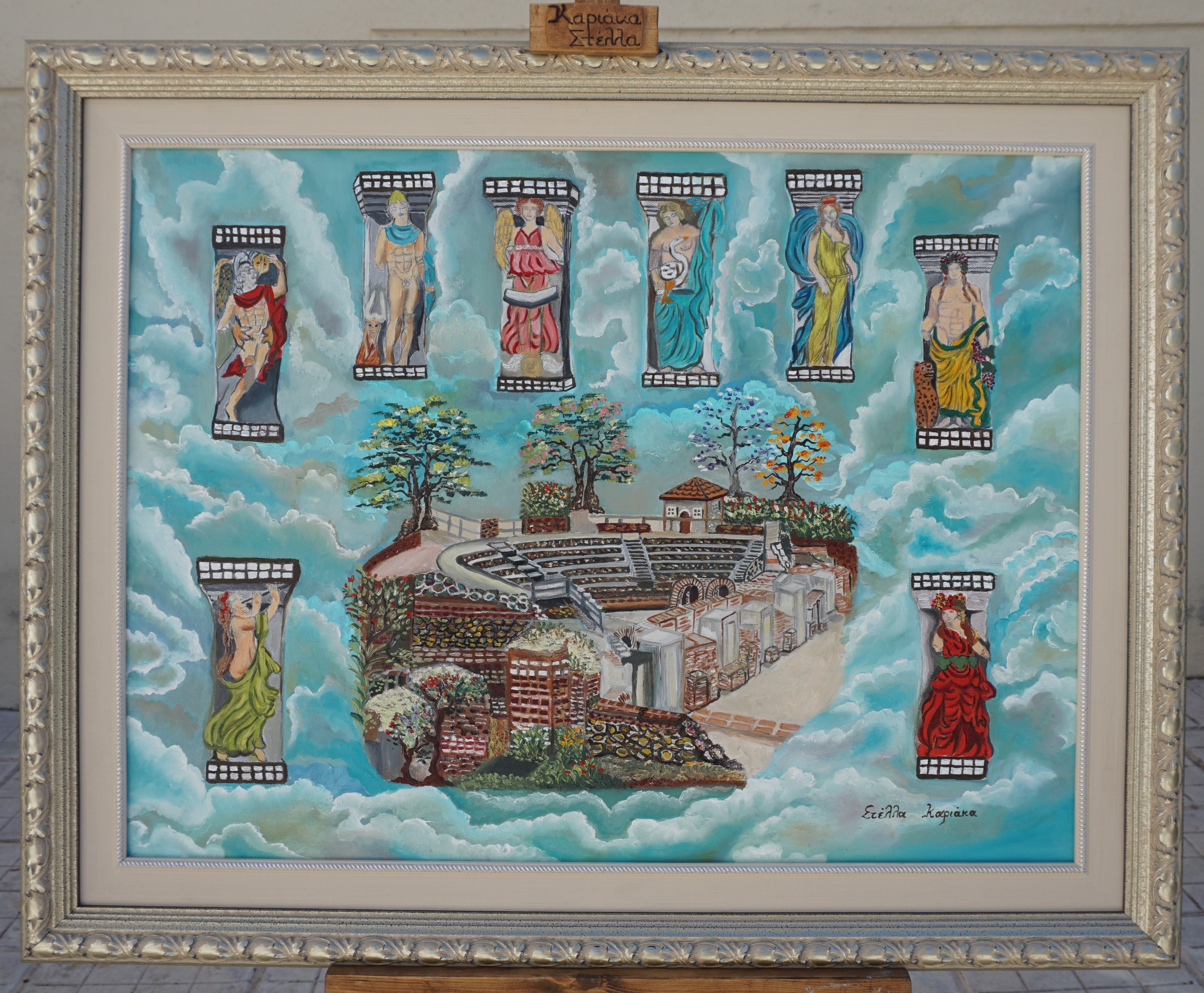
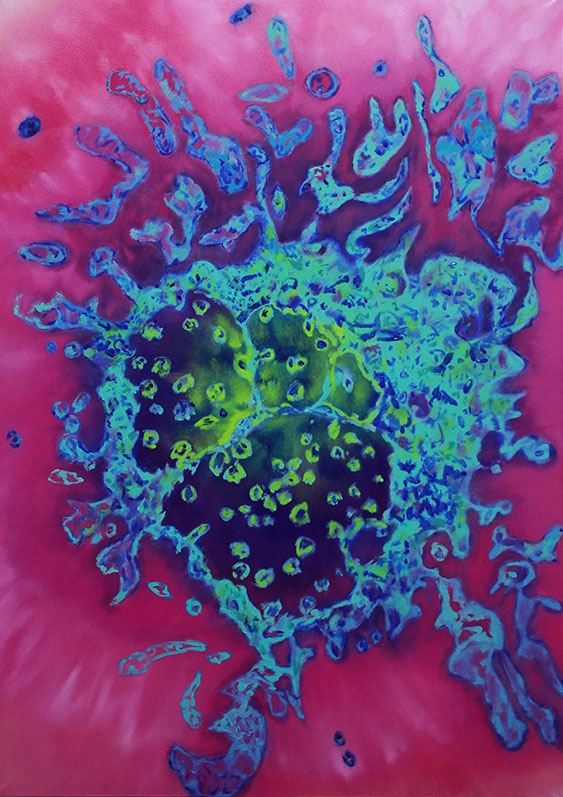
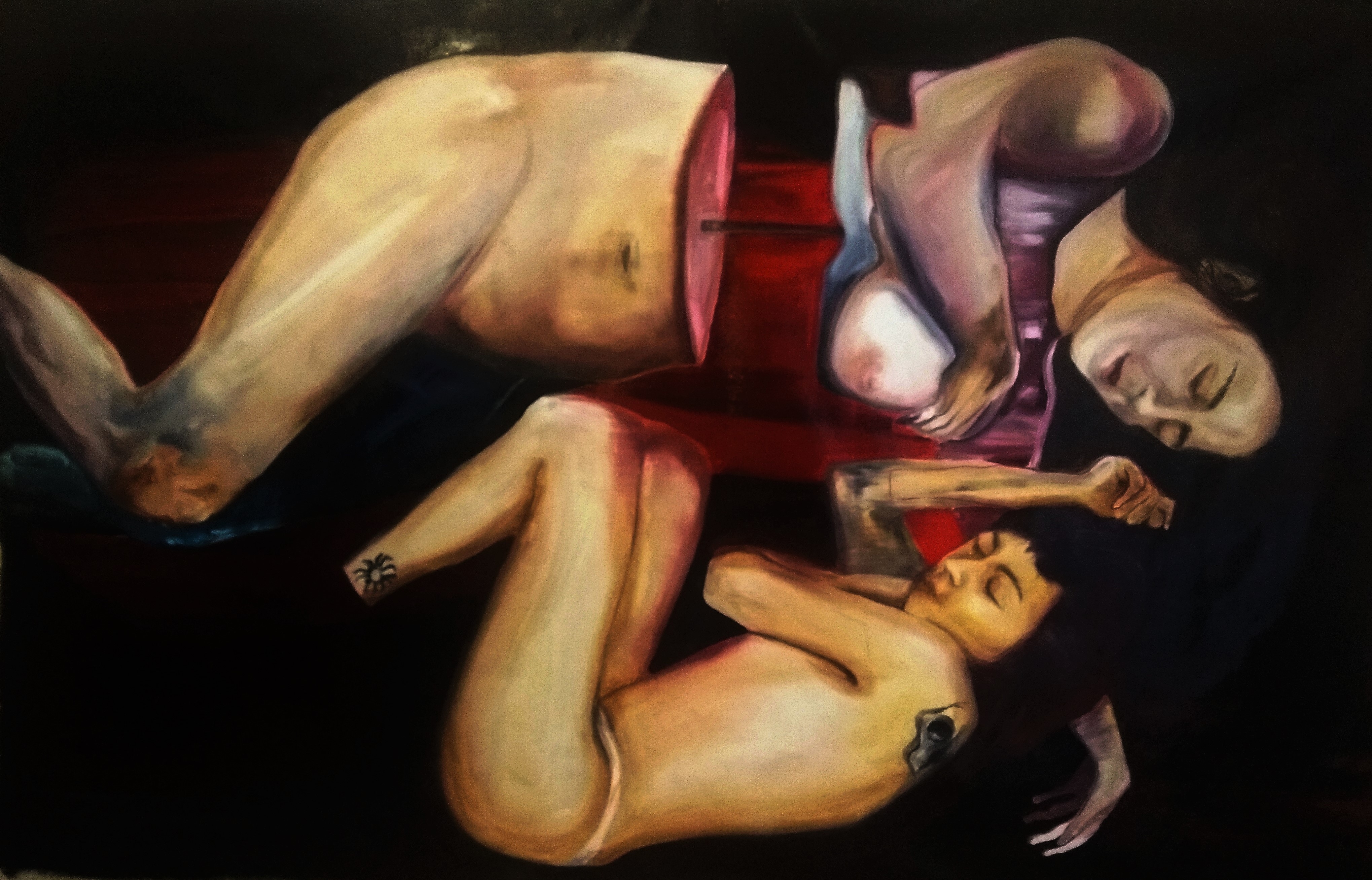
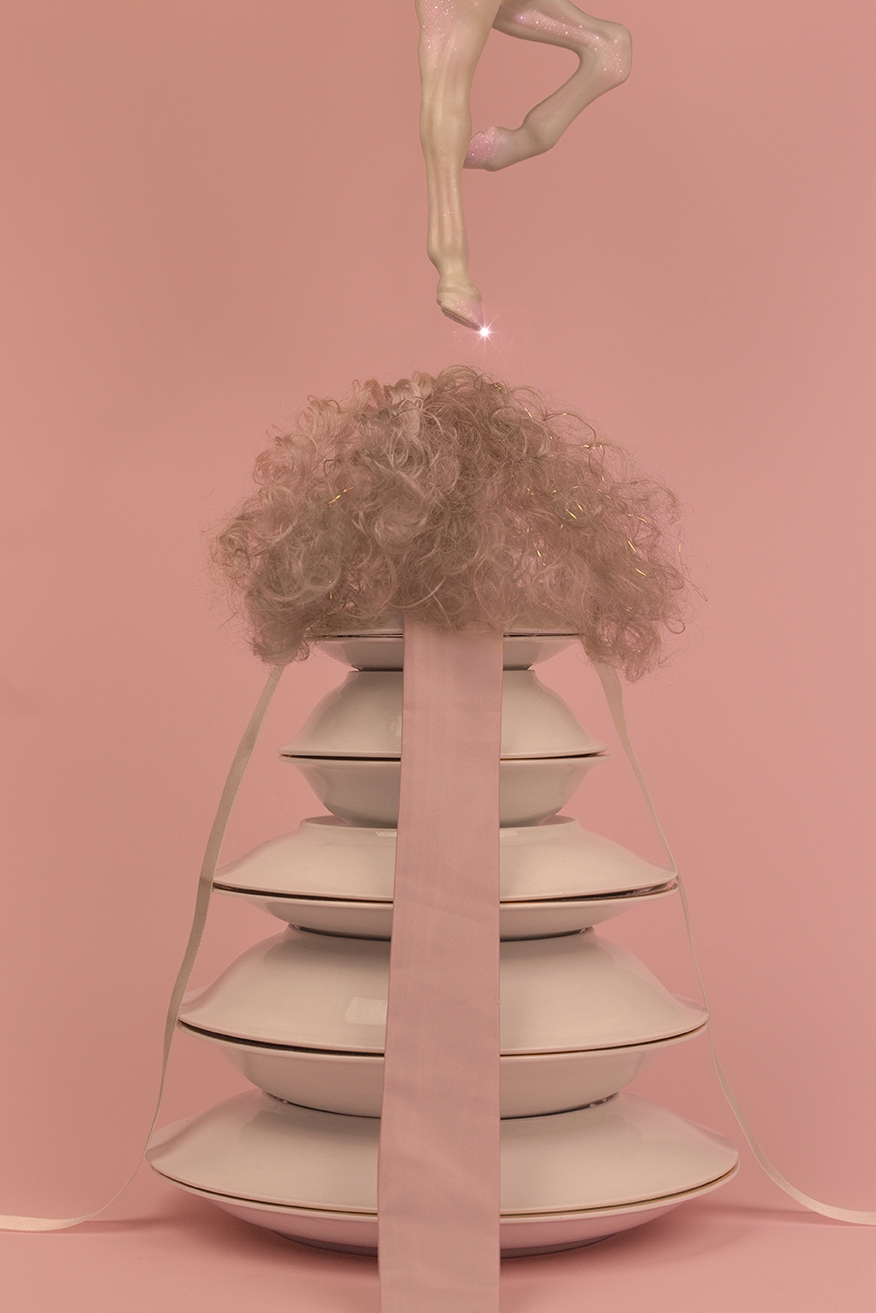

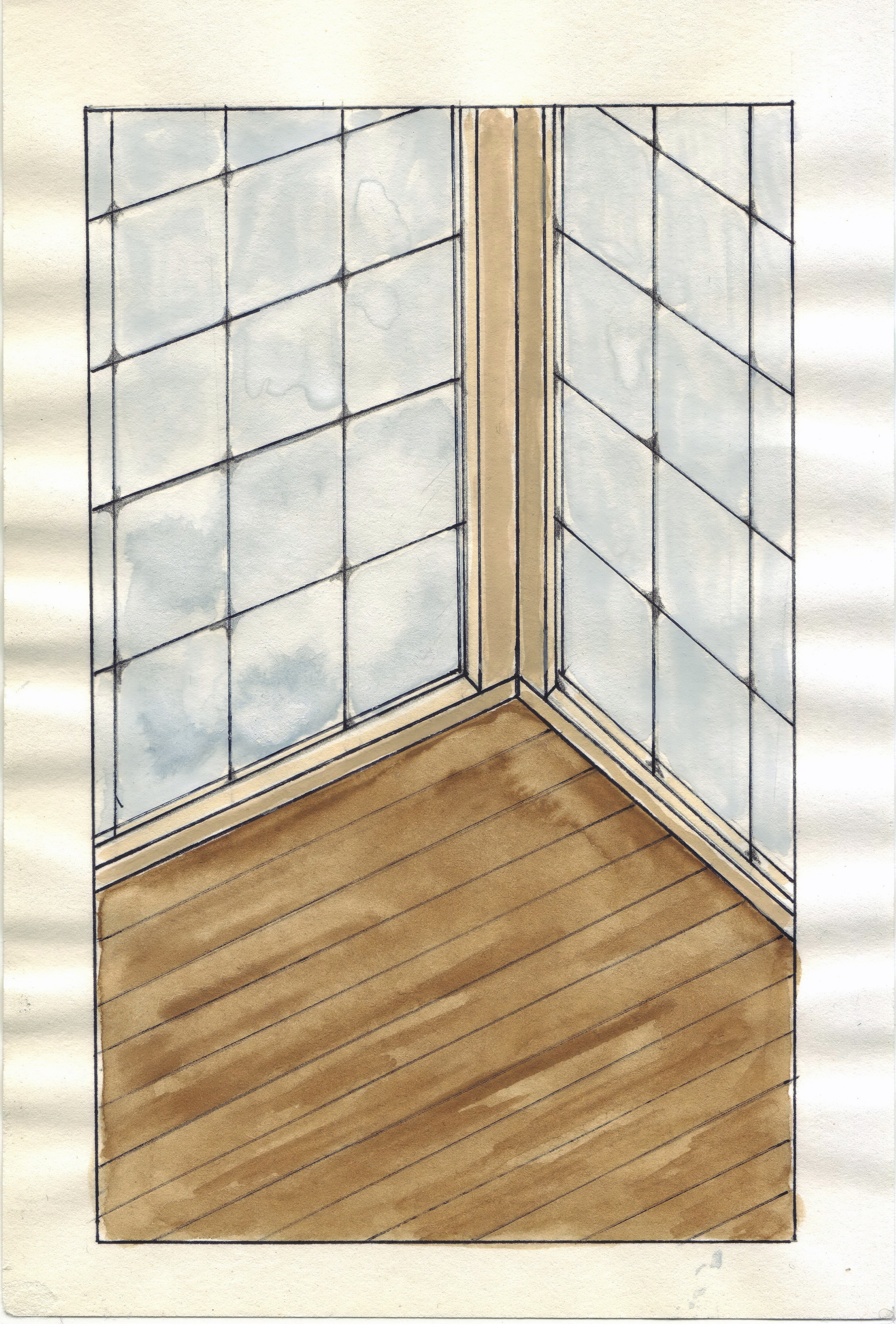
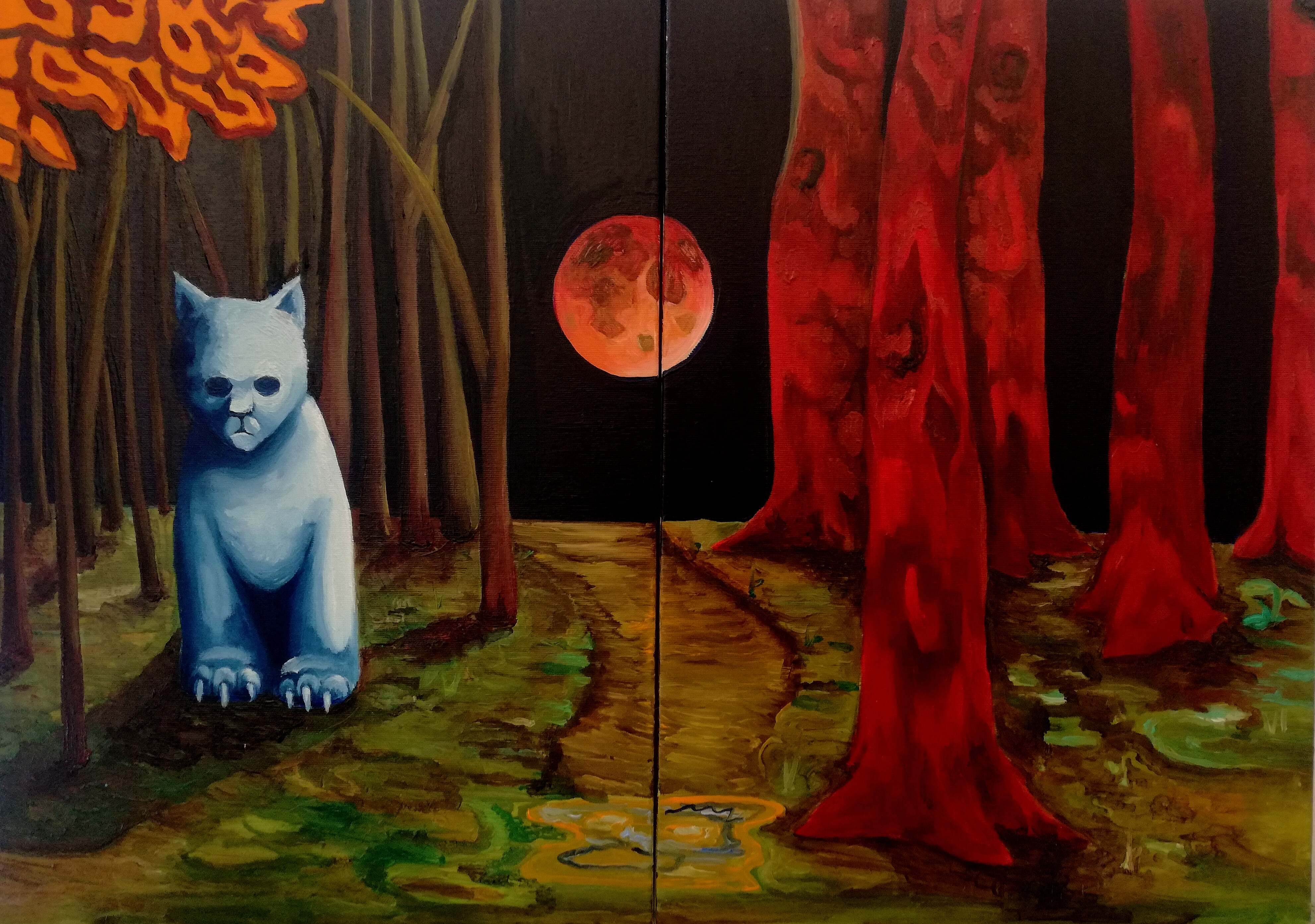
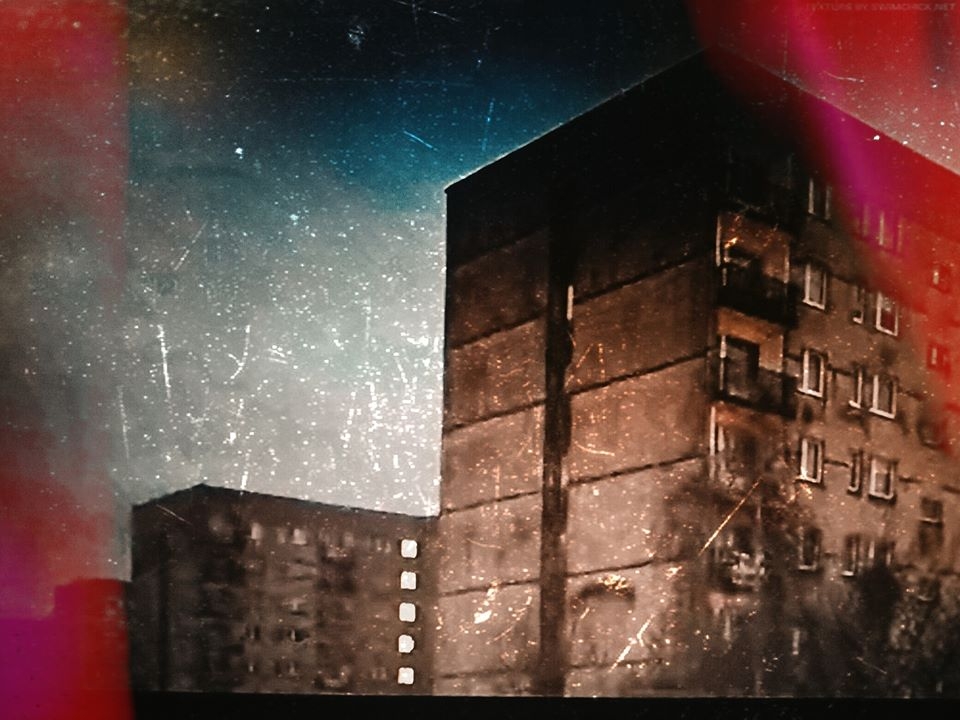
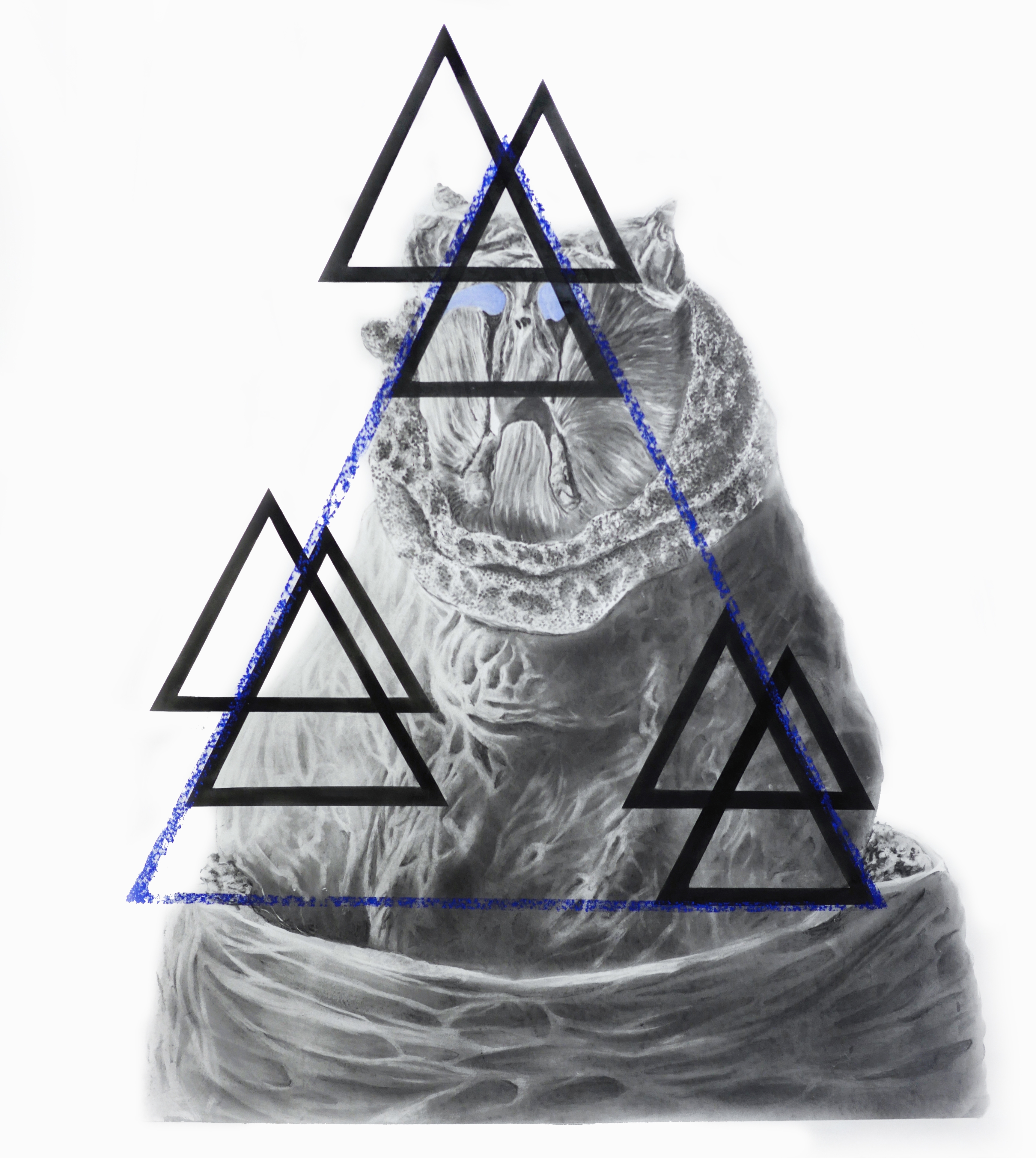
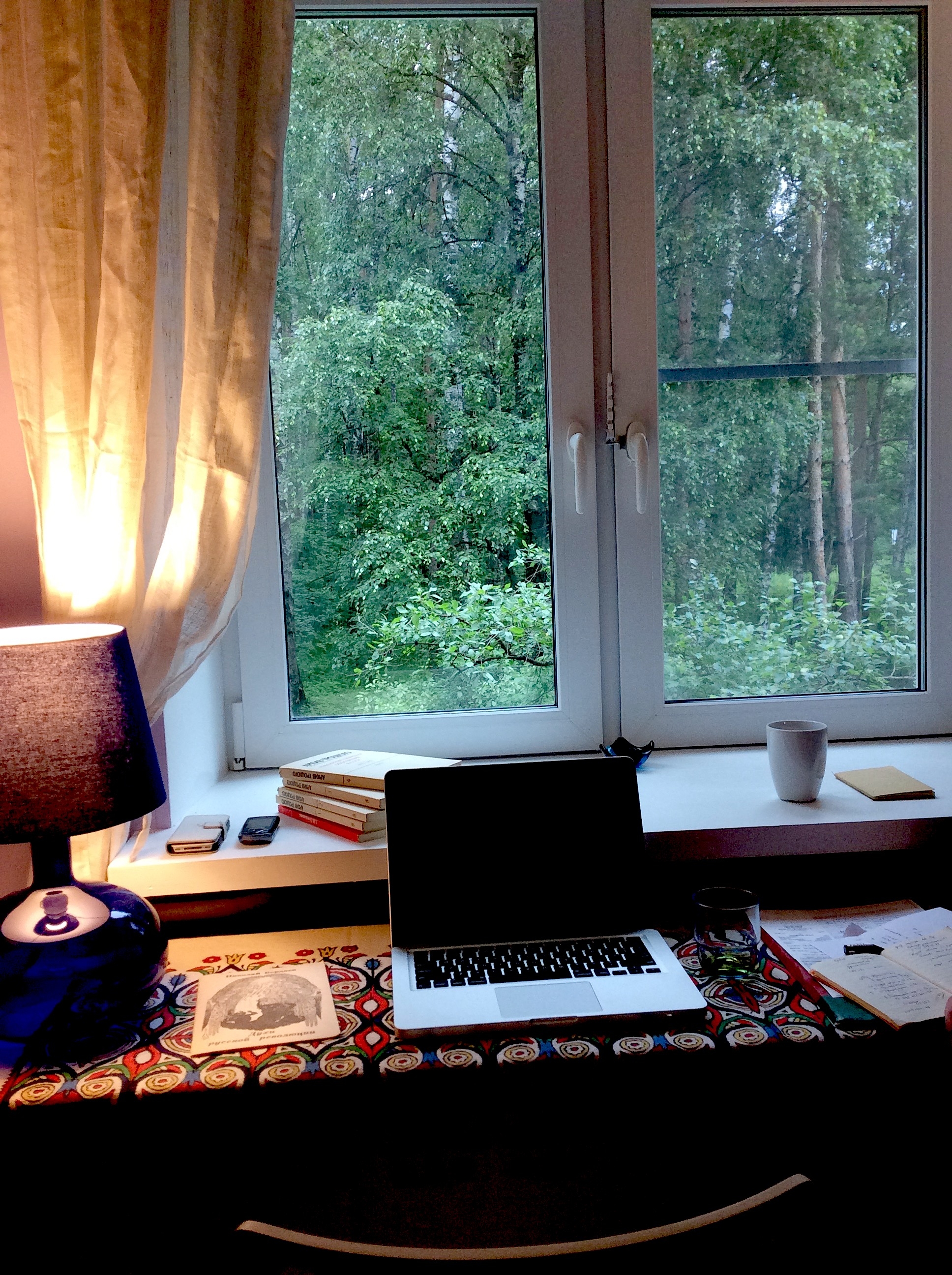
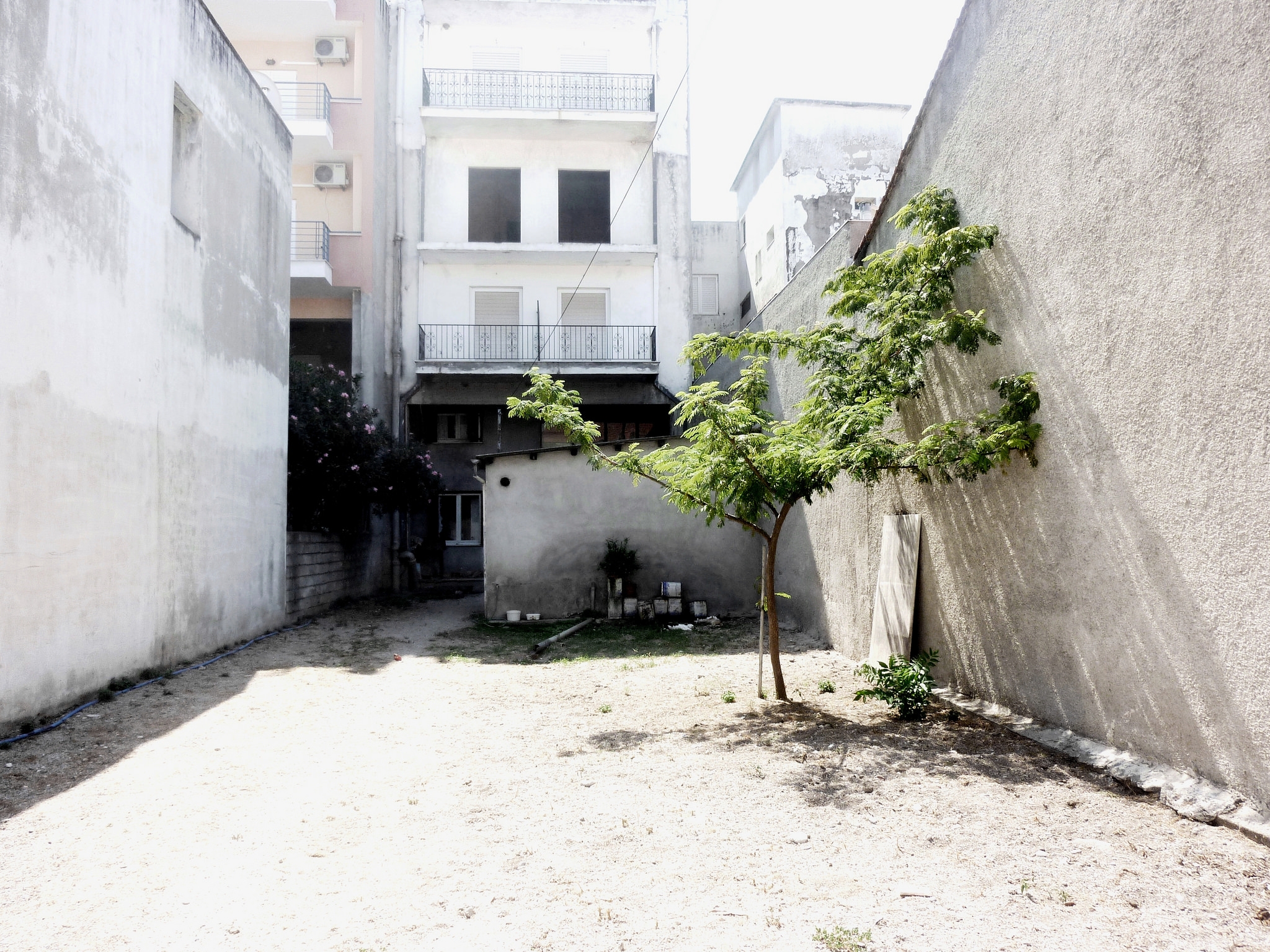
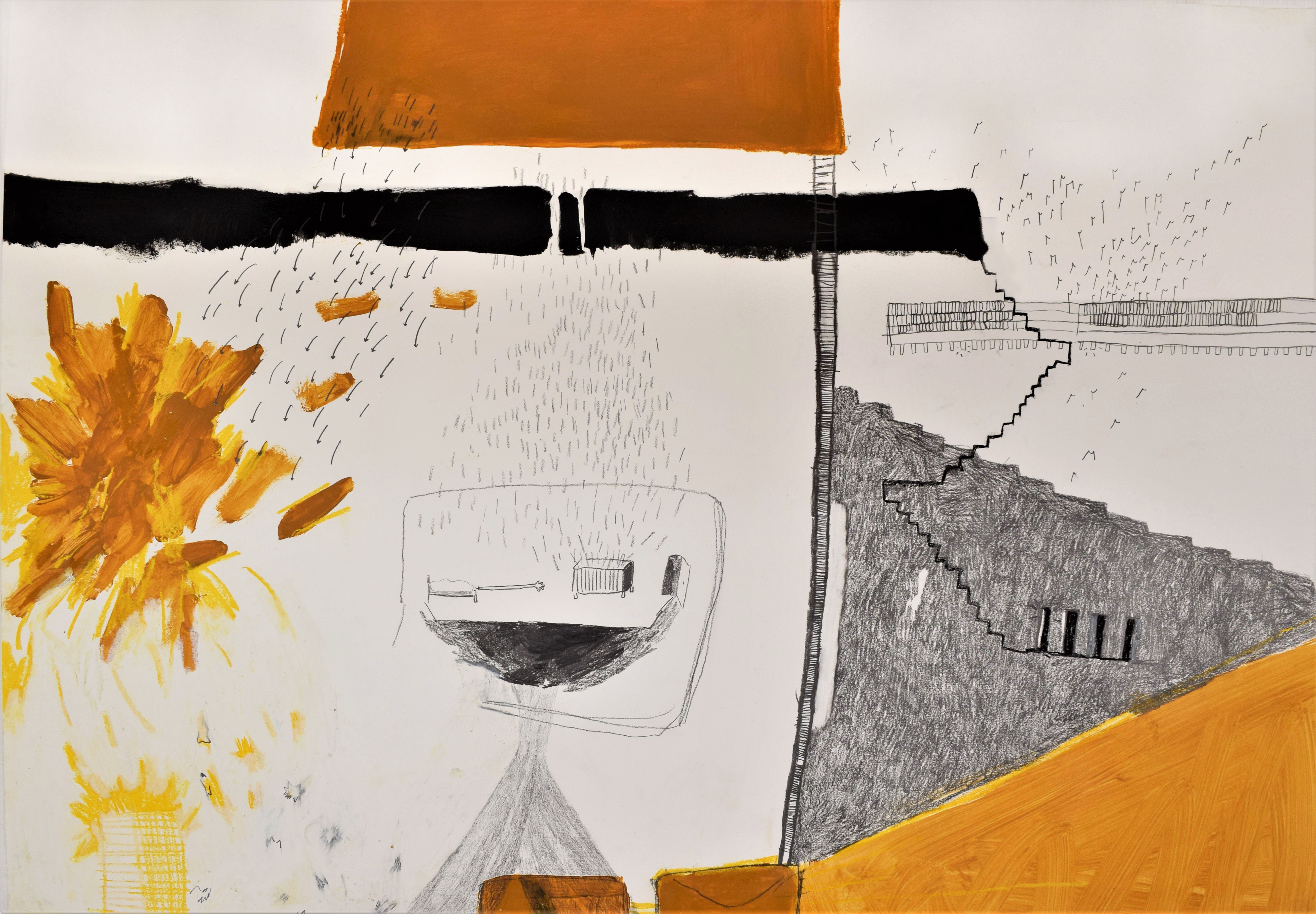
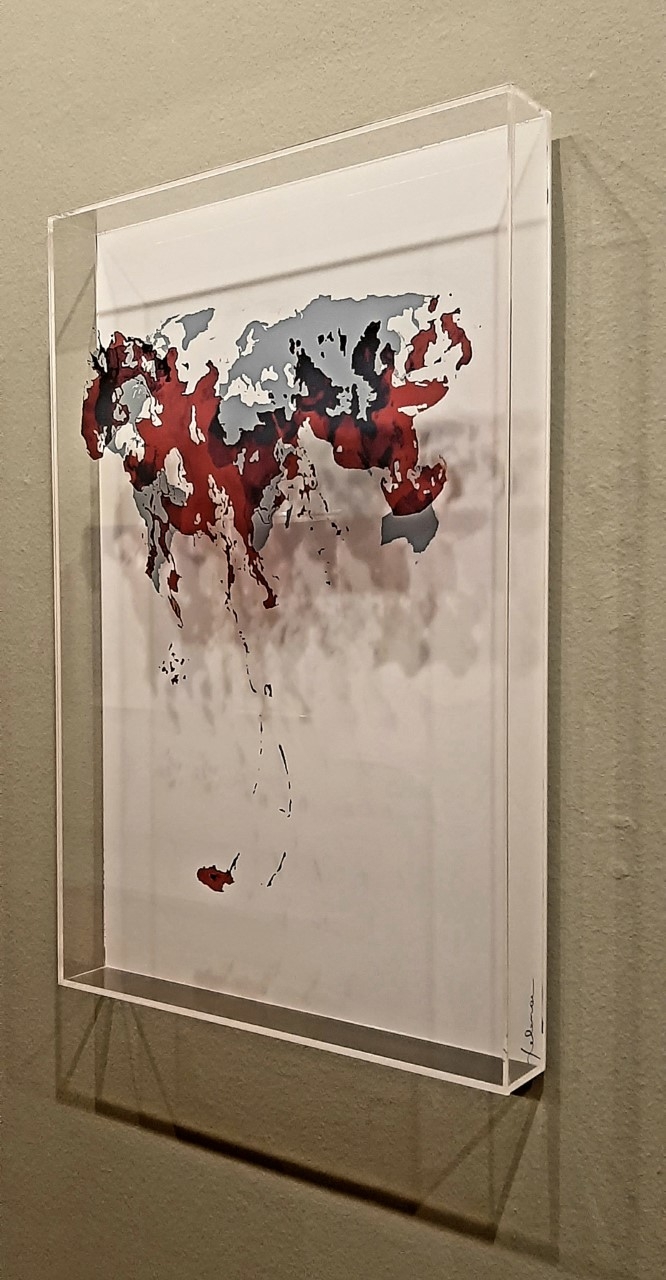
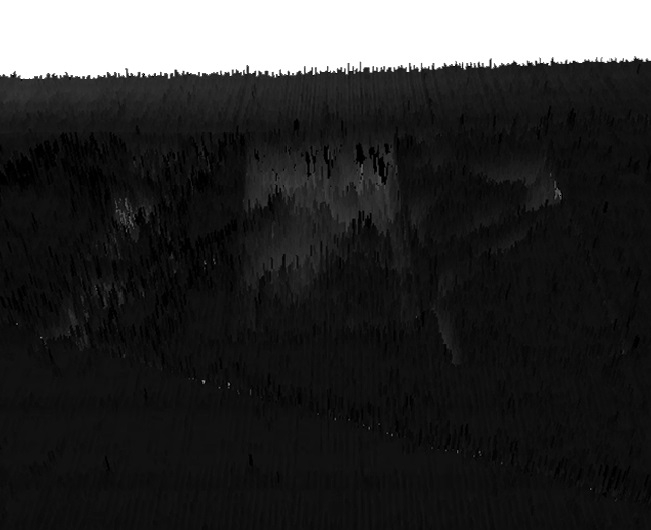
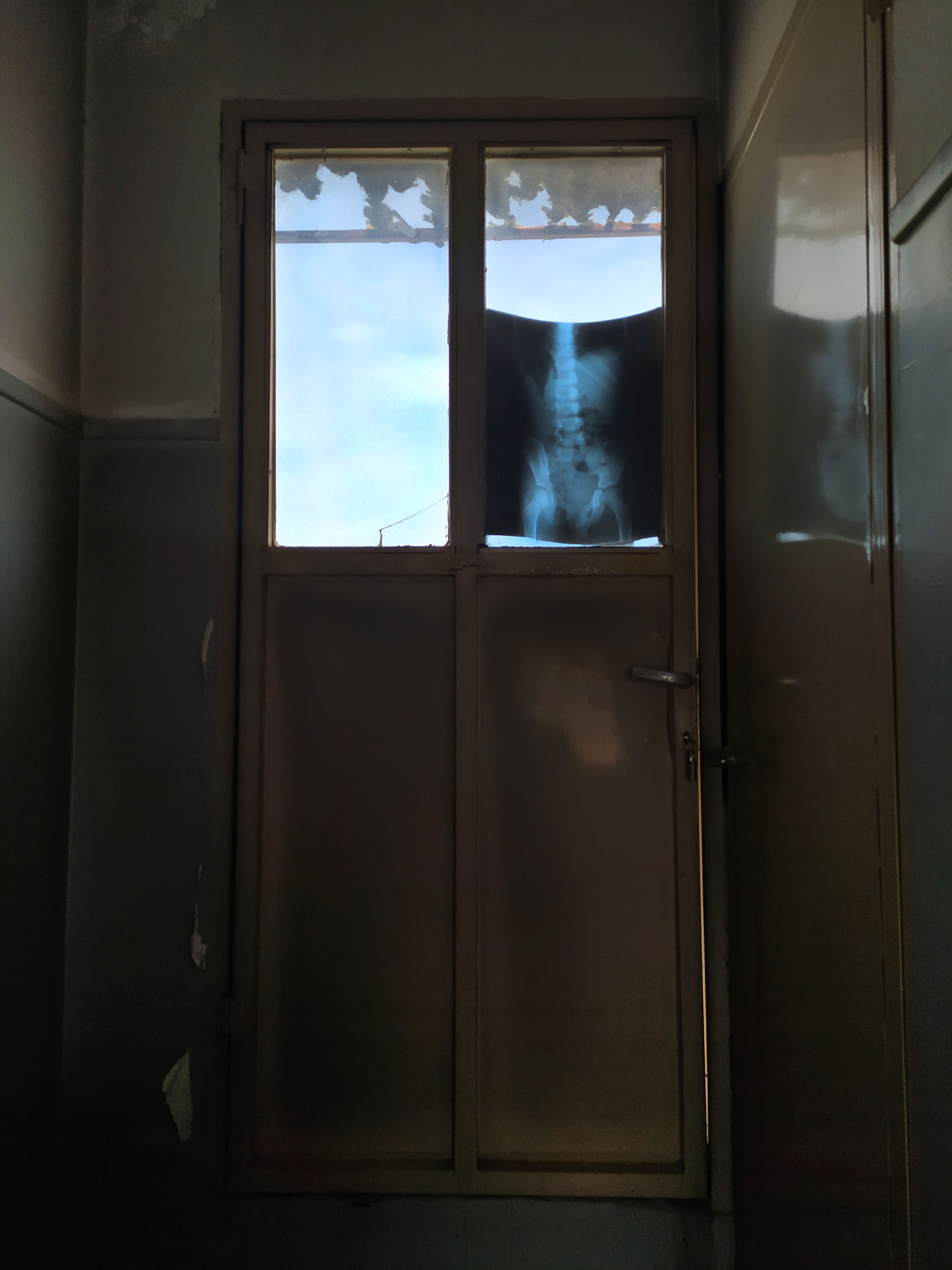
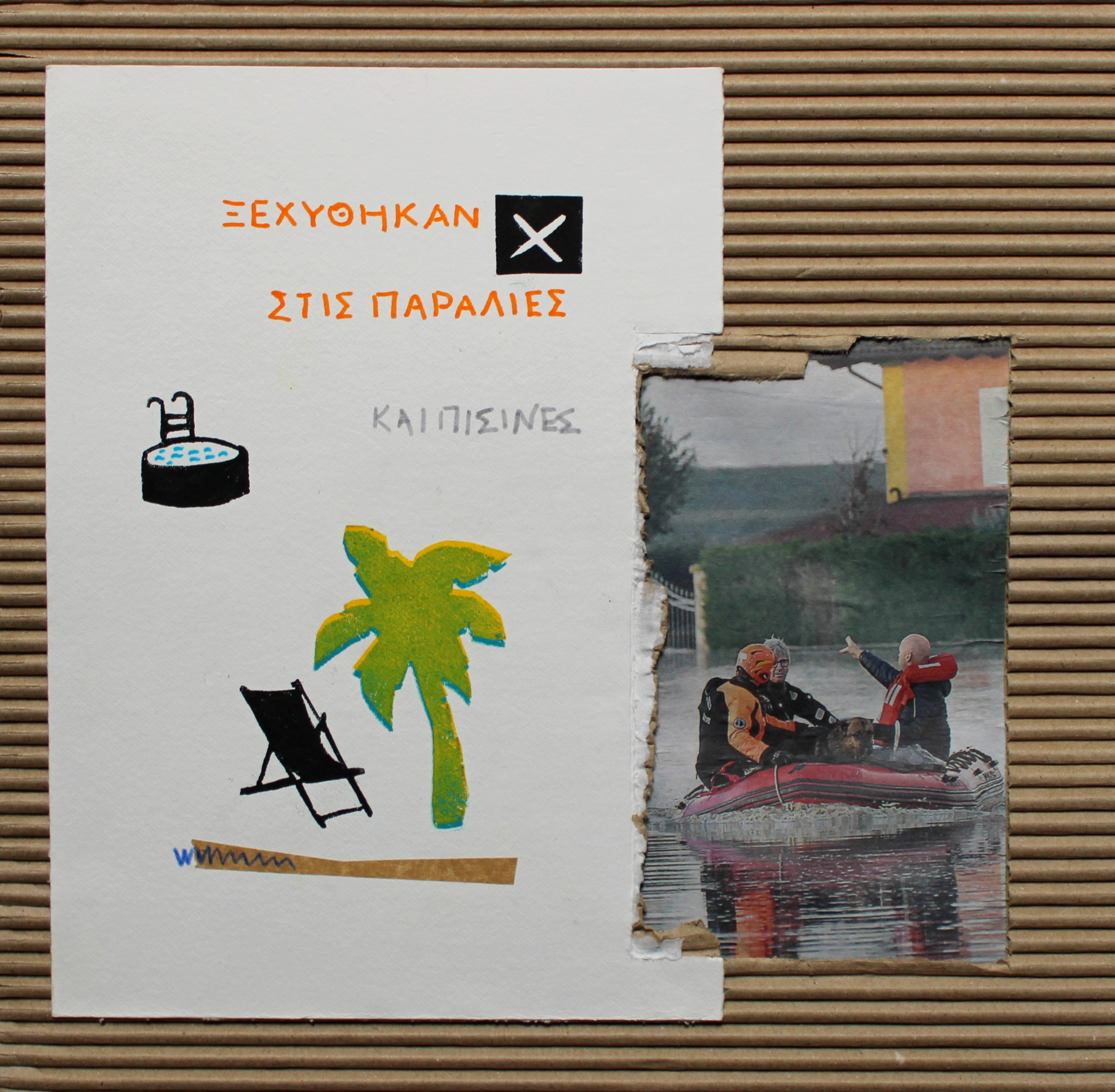
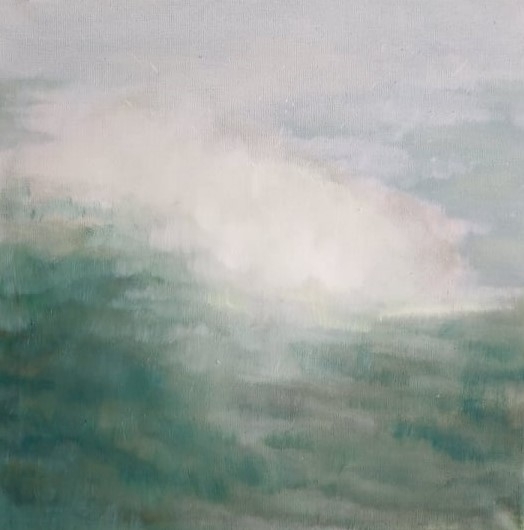
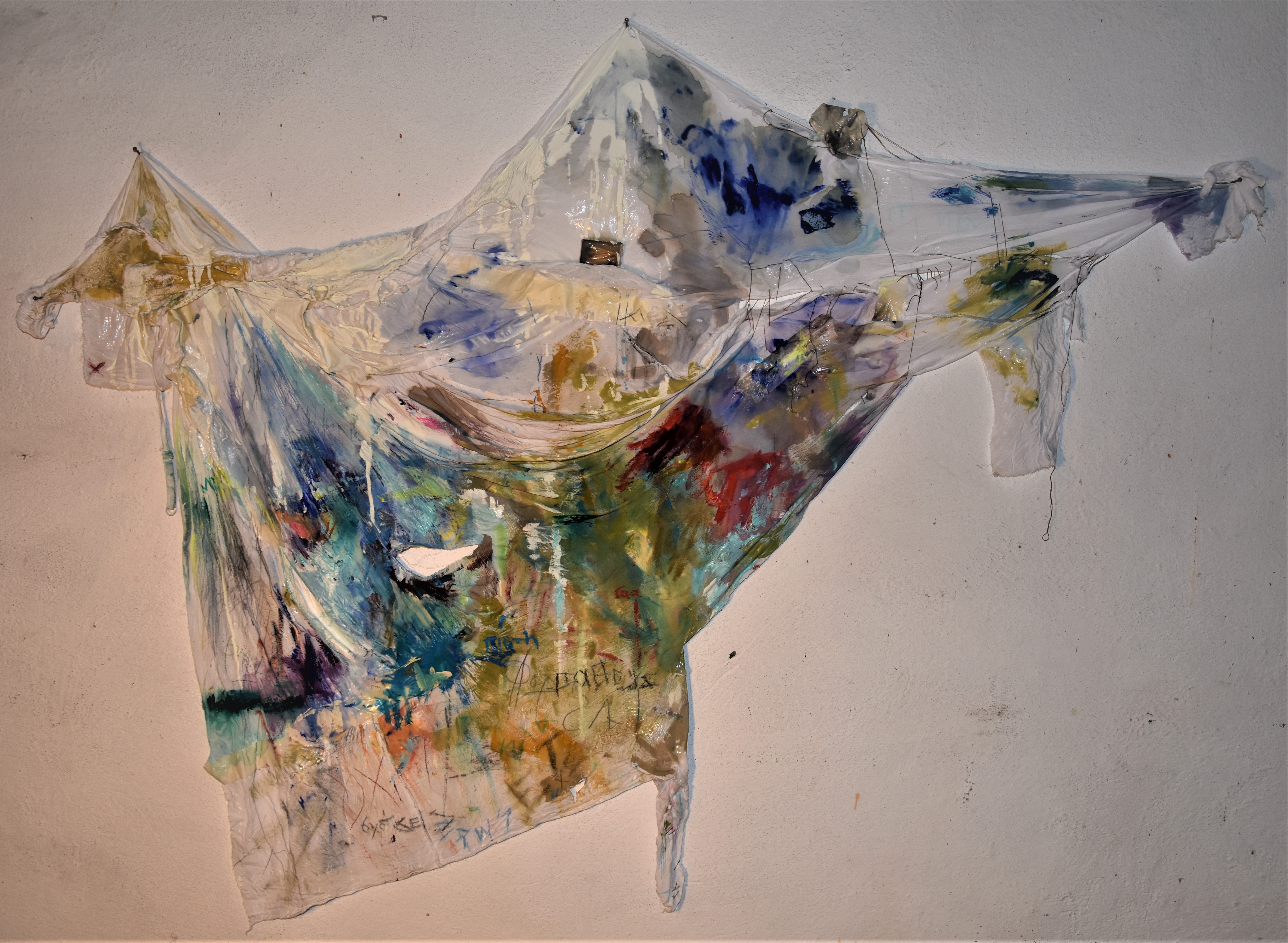
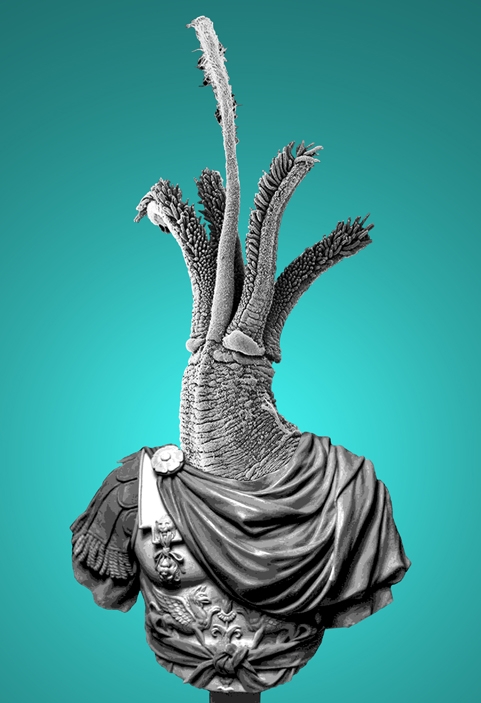
![[DAY 17] Apostolos Georgiou, “Five past three”, 2006](/media/k2/items/cache/75b44b0e9c2e5d305fa323c6c51d3476_XL.jpg?t=20200424_155850)
![[DAY 9] Kazimir Malevich, Black Quadrilateral, 1915](/media/k2/items/cache/2a14beb1aee2d71c6fecb12f25c690f7_XL.jpg)
![[DAY 23] Marilia Fotopoulou, From the series Interior Decoration, 2015](/media/k2/items/cache/45e8f4939bc3bd36e4b87ab1e324d227_XL.jpg)
![[DAY 12] Stephen Antonakos, Entrance, 1996](/media/k2/items/cache/51a3864ed3ad604d2340c3f8fe249f94_XL.jpg)
![[DAY 31] Photo: Petros Giannakouris, Idomeni, February 28, 2016](/media/k2/items/cache/675d28c04794e3c683f4419536c4c15f_XL.jpg)
![[DAY 7] Alex Mylona, The Kiss (Homage to Brancusi), 1967](/media/k2/items/cache/267b1948fa84309bc99f9c0289cabe44_XL.jpg)
![[DAY 22] Alex Mylona, Kouros, Kore, 1997](/media/k2/items/cache/85b62d4a27ea43297eb1ab349b6e06c6_XL.jpg)
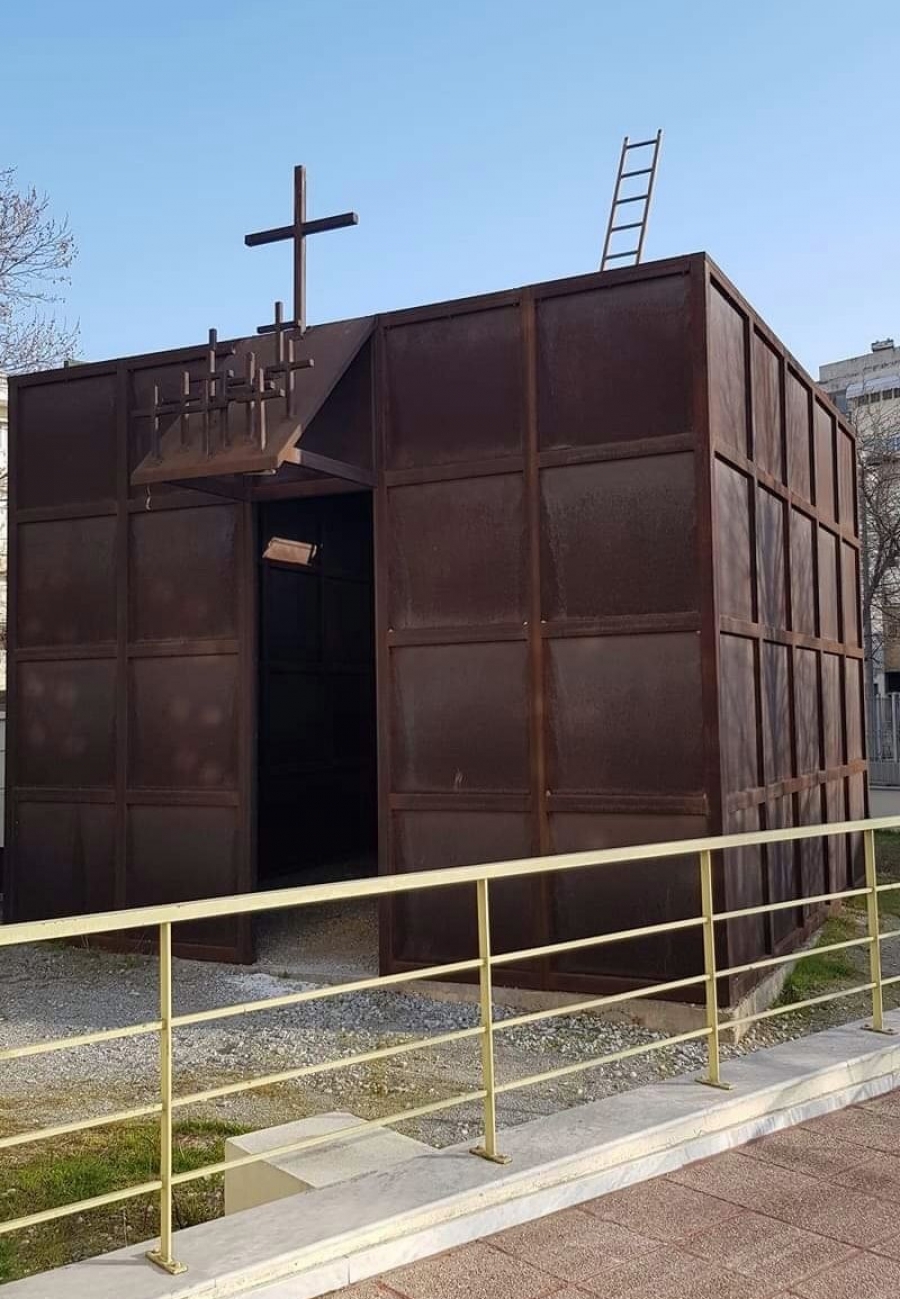
![[DAY 28] Alex Mylona, The attic at Christine road (Paris), 1987](/media/k2/items/cache/dc9e231f652301f80ea8e901bd9ec18a_XL.jpg)
![[DAY 27] Manetas Miltos (1964, Greece) , Cables (Togetherness), 2009](/media/k2/items/cache/4ab4b6df96c060fa741e97b50eafb07c_XL.jpg)
![[DAY 20] Katerina Tsakiri, From the series "Family Affair", 2014-2015](/media/k2/items/cache/73608782f50eb6af17bb69bdcd662692_XL.jpg)
![[DAY 18] Alex Mylona, Cyclades II, 1984](/media/k2/items/cache/a42a2aa6c7440291c38ba9adc5892a56_XL.jpg?t=20200425_161227)
